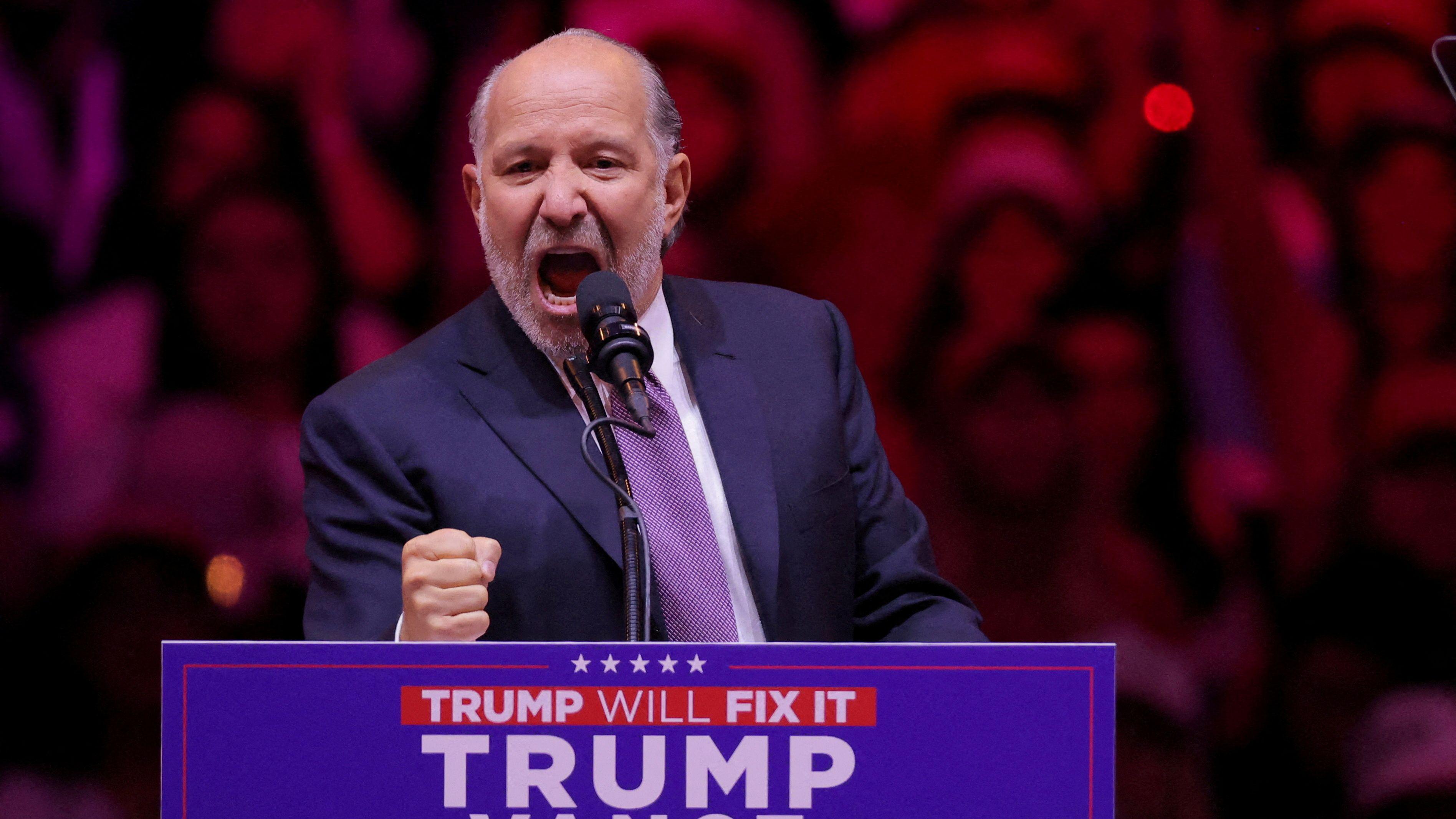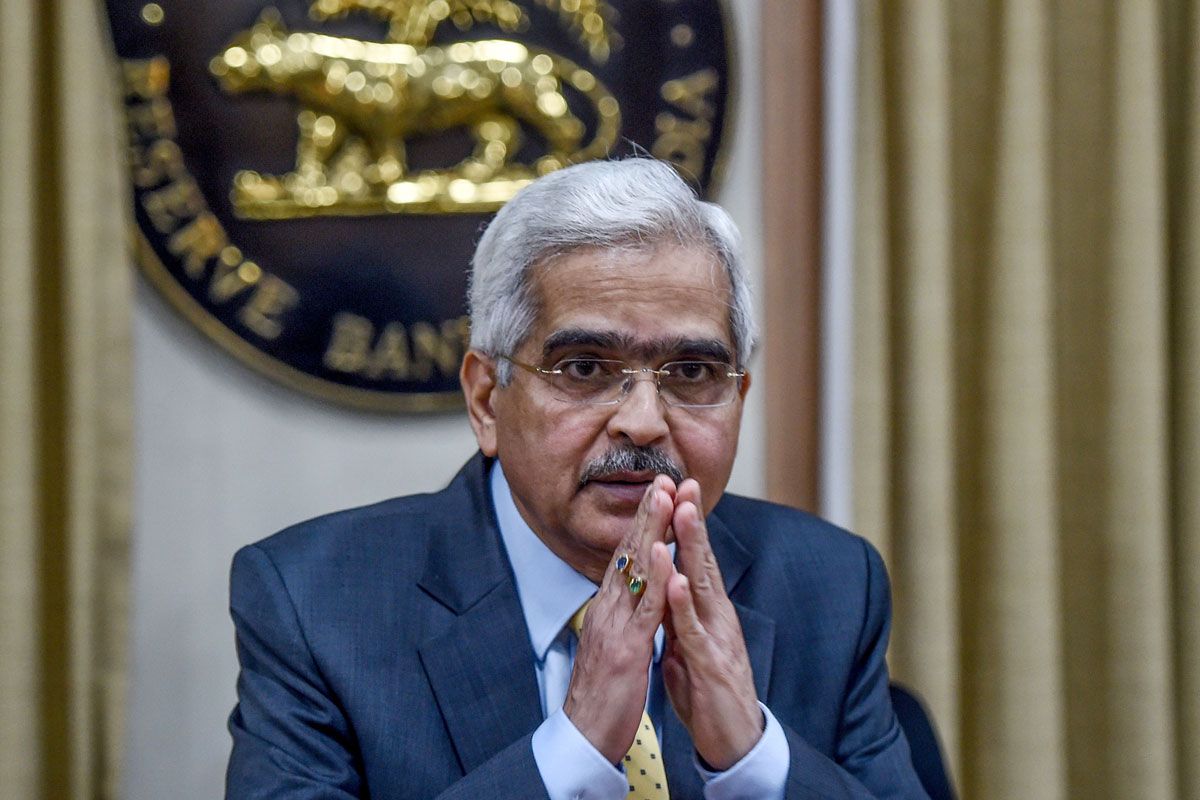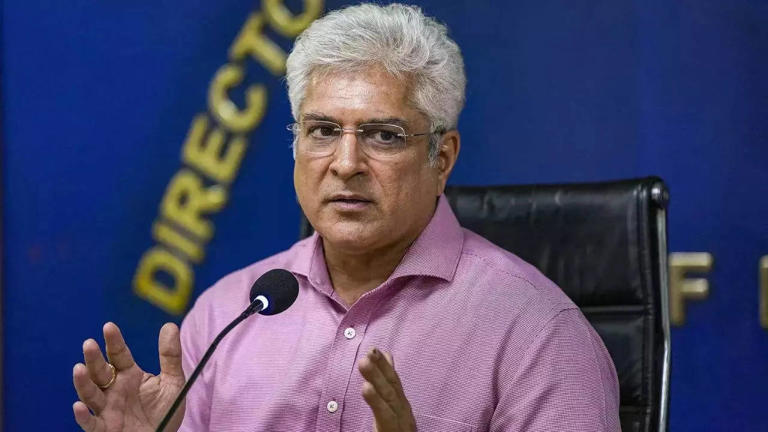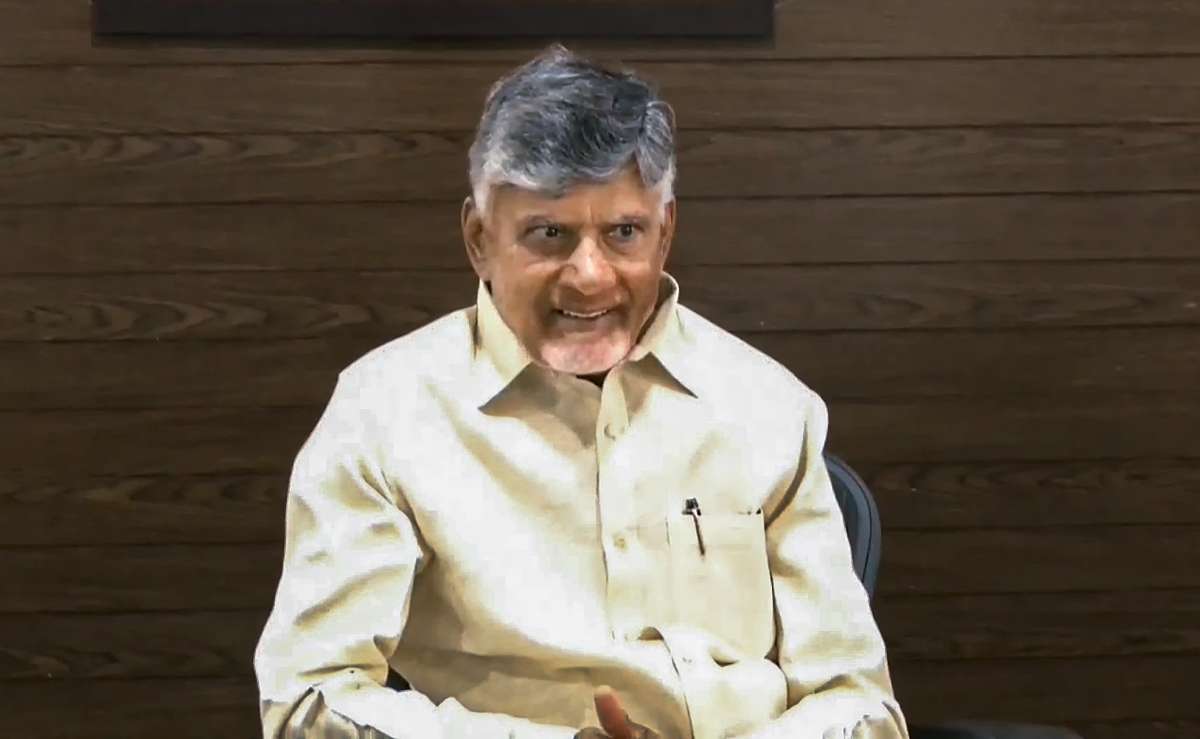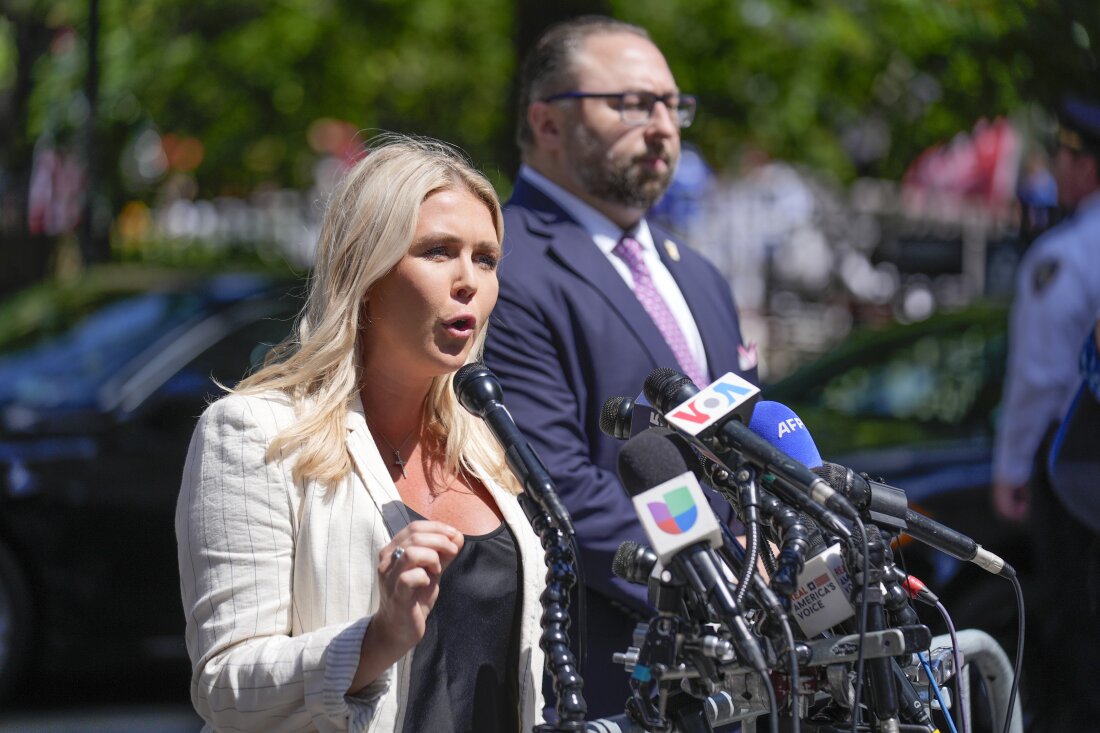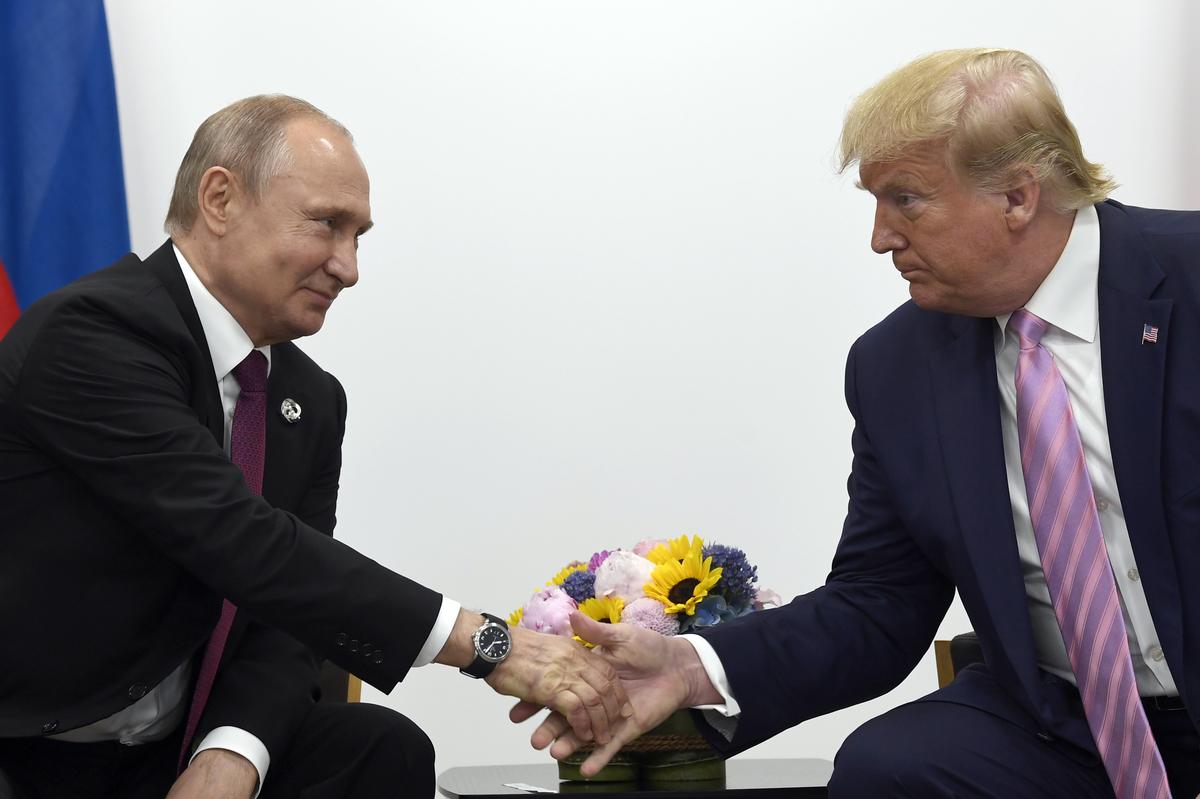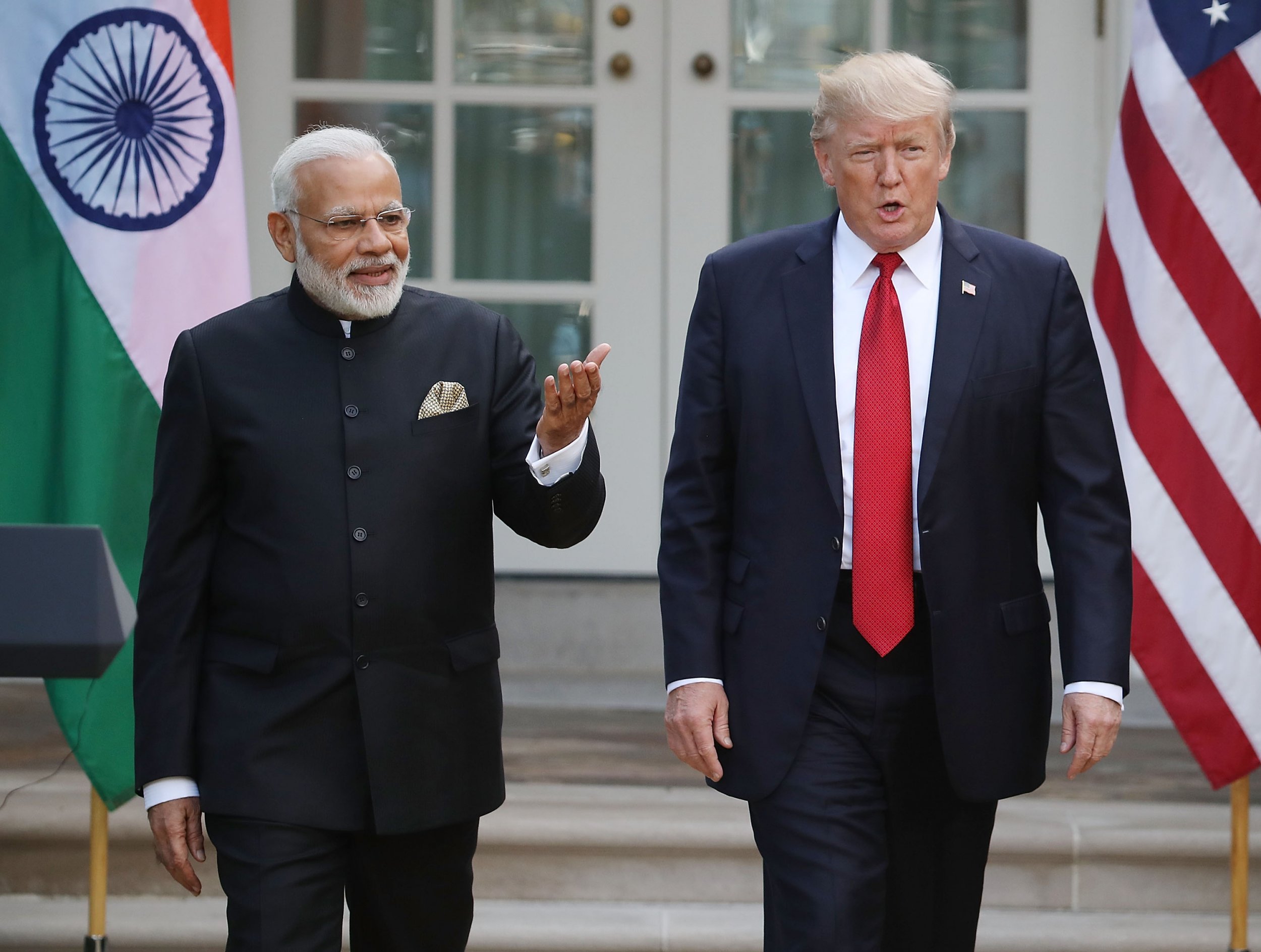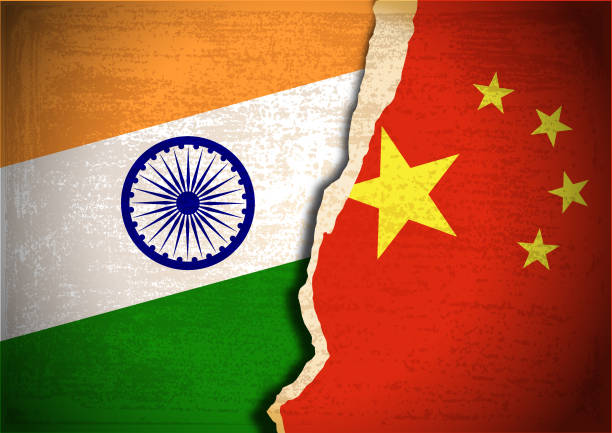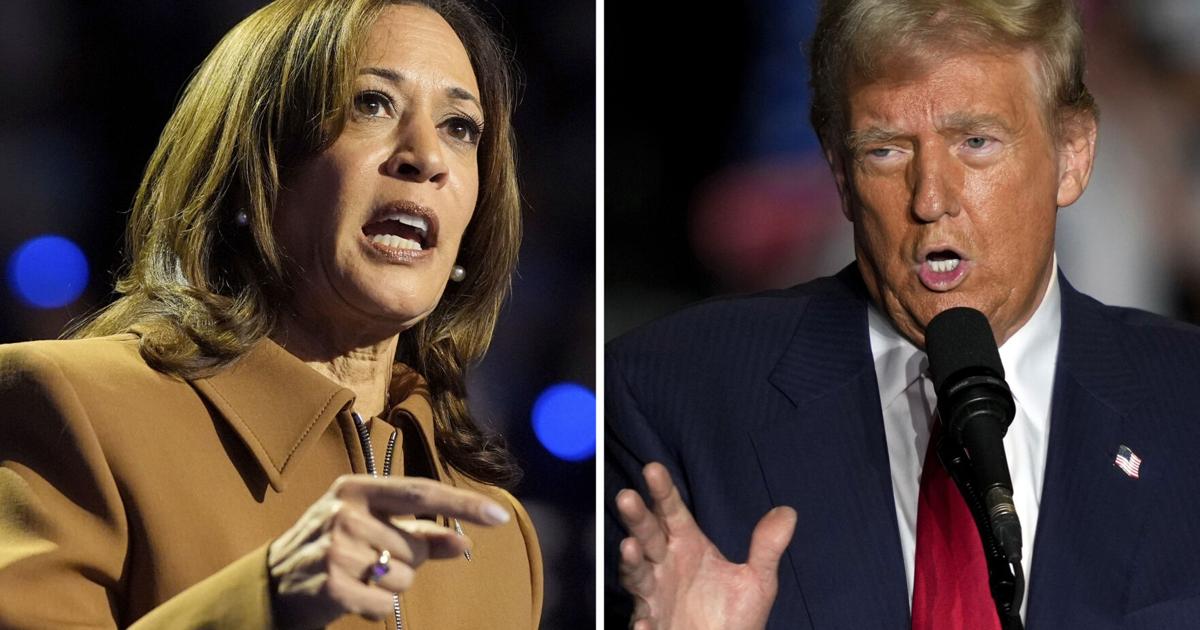Home / brand-post / TikTok’s Potential US Ban: A Social Media Earthquake with Surprising Beneficiaries
TikTok’s Potential US Ban: A Social Media Earthquake with Surprising Beneficiaries
By: My India Times
3 minutes read 44Updated At: 2025-01-27
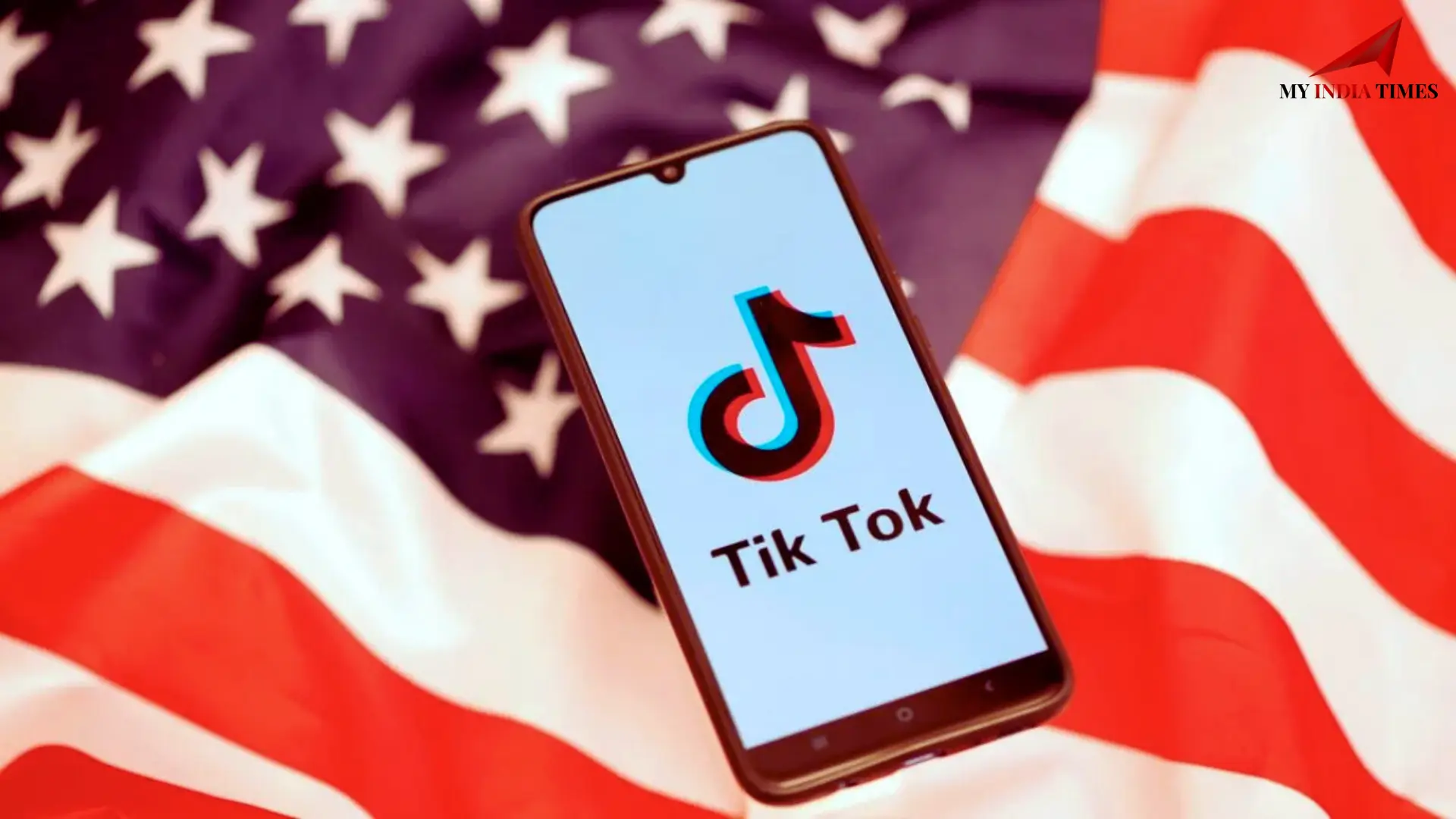
The US social media world is holding its breath. As TikTok faces the possibility of being shut down on January 19, 2025, over national security concerns tied to its Chinese parent company, ByteDance, the platform’s 170 million American users are scrambling for alternatives. The ripple effect of this ban could disrupt not just the lives of creators and audiences but the entire digital ecosystem.
TikTok’s Unrivaled Dominance: A Legacy in Jeopardy
TikTok’s cultural impact is unmatched. It’s not just an app; it’s where trends are born, brands are built, and creators find their voice. With a user base larger than Snapchat (96 million), Pinterest (74 million), and Reddit (32 million) combined, its absence would leave a gaping hole in the short-form video landscape.
If history is any indication, the fallout could spark innovation. In 2020, India banned TikTok, paving the way for local players like Moj and the global expansion of Instagram Reels. The US ban might follow a similar trajectory, opening the door for competitors while forcing creators to adapt or risk losing their influence.
The Creator Exodus: Where Will the ‘TikTok Refugees’ Go?
The term "TikTok refugees" has been buzzing online, as influencers and creators prepare to migrate to rival platforms. Instagram Reels, YouTube Shorts, and Snapchat are among the frontrunners vying for their attention—and their audiences.
Snapchat has already launched a strategic campaign titled ‘Find Your Favorites on Snapchat,’ featuring top-tier creators like Loren Gray and Harry Jowsey, many of whom owe their fame to TikTok. Meanwhile, Meta and YouTube are sweetening the deal with lucrative payouts and enhanced tools to attract displaced talent.
For creators, the race is on to convince their TikTok followers to join them on new platforms. The challenge? Keeping engagement alive while navigating unfamiliar digital territory.
A Surprise Winner: How Duolingo Found Gold in the Chaos
While most platforms are grappling with the TikTok ban fallout, Duolingo has emerged as an unexpected winner. The language-learning app has reported a jaw-dropping 216% increase in Mandarin learners in the US compared to last year.
Why the surge? It turns out many TikTok users are flocking to RedNote, a Chinese-owned app. Since Mandarin is the primary language on the platform, users are turning to Duolingo to bridge the linguistic gap.
Duolingo has capitalized on this moment with its signature wit. In one viral TikTok video, its green owl mascot is seen heading to the airport with the caption: “Me because I’d rather move to China & learn Mandarin on Duolingo.” This clever response has not only resonated with users but also turned a geopolitical crisis into a marketing masterstroke.
The Bigger Picture: How Platforms Are Adapting
In the wake of the TikTok ban, platforms are rewriting the rules. Meta, for instance, has overhauled its community guidelines, shifting toward a more community-driven moderation system, echoing Elon Musk’s changes to X (formerly Twitter).
These shifts come at a politically charged moment, with Donald Trump set to be sworn in as the 47th President of the United States. His administration’s stance on tech regulations could further influence how platforms operate in this rapidly evolving landscape.
What’s Next for the Social Media World?
The TikTok ban isn’t just about one app—it’s a turning point for the entire digital ecosystem. Creators must adapt quickly, platforms must innovate, and brands must rethink their strategies to navigate this new reality.
While platforms like Instagram and Snapchat may benefit in the short term, the unpredictability of user behavior means there’s room for new players to rise. The key takeaway? Agility and creativity will determine who thrives in this post-TikTok world.
Final Thoughts
The potential TikTok ban underscores how quickly the digital landscape can shift. For creators, brands, and platforms, the next chapter isn’t just about survival—it’s about reinvention.
Whether it’s Duolingo’s ability to turn an unexpected trend into a win or Snapchat’s strategic outreach to creators, the future belongs to those who can pivot quickly and think creatively. In this high-stakes battle for attention, the most innovative will undoubtedly emerge victorious.
....The US social media world is holding its breath. As TikTok faces the possibility of being shut down on January 19, 2025, over national security concerns tied to its Chinese parent company, ByteDance, the platform’s 170 million American users are scrambling for alternatives. The ripple effect of this ban could disrupt not just the lives of creators and audiences but the entire digital ecosystem.
TikTok’s Unrivaled Dominance: A Legacy in Jeopardy
TikTok’s cultural impact is unmatched. It’s not just an app; it’s where trends are born, brands are built, and creators find their voice. With a user base larger than Snapchat (96 million), Pinterest (74 million), and Reddit (32 million) combined, its absence would leave a gaping hole in the short-form video landscape.
If history is any indication, the fallout could spark innovation. In 2020, India banned TikTok, paving the way for local players like Moj and the global expansion of Instagram Reels. The US ban might follow a similar trajectory, opening the door for competitors while forcing creators to adapt or risk losing their influence.
The Creator Exodus: Where Will the ‘TikTok Refugees’ Go?
The term "TikTok refugees" has been buzzing online, as influencers and creators prepare to migrate to rival platforms. Instagram Reels, YouTube Shorts, and Snapchat are among the frontrunners vying for their attention—and their audiences.
Snapchat has already launched a strategic campaign titled ‘Find Your Favorites on Snapchat,’ featuring top-tier creators like Loren Gray and Harry Jowsey, many of whom owe their fame to TikTok. Meanwhile, Meta and YouTube are sweetening the deal with lucrative payouts and enhanced tools to attract displaced talent.
For creators, the race is on to convince their TikTok followers to join them on new platforms. The challenge? Keeping engagement alive while navigating unfamiliar digital territory.
A Surprise Winner: How Duolingo Found Gold in the Chaos
While most platforms are grappling with the TikTok ban fallout, Duolingo has emerged as an unexpected winner. The language-learning app has reported a jaw-dropping 216% increase in Mandarin learners in the US compared to last year.
Why the surge? It turns out many TikTok users are flocking to RedNote, a Chinese-owned app. Since Mandarin is the primary language on the platform, users are turning to Duolingo to bridge the linguistic gap.
Duolingo has capitalized on this moment with its signature wit. In one viral TikTok video, its green owl mascot is seen heading to the airport with the caption: “Me because I’d rather move to China & learn Mandarin on Duolingo.” This clever response has not only resonated with users but also turned a geopolitical crisis into a marketing masterstroke.
The Bigger Picture: How Platforms Are Adapting
In the wake of the TikTok ban, platforms are rewriting the rules. Meta, for instance, has overhauled its community guidelines, shifting toward a more community-driven moderation system, echoing Elon Musk’s changes to X (formerly Twitter).
These shifts come at a politically charged moment, with Donald Trump set to be sworn in as the 47th President of the United States. His administration’s stance on tech regulations could further influence how platforms operate in this rapidly evolving landscape.
What’s Next for the Social Media World?
The TikTok ban isn’t just about one app—it’s a turning point for the entire digital ecosystem. Creators must adapt quickly, platforms must innovate, and brands must rethink their strategies to navigate this new reality.
While platforms like Instagram and Snapchat may benefit in the short term, the unpredictability of user behavior means there’s room for new players to rise. The key takeaway? Agility and creativity will determine who thrives in this post-TikTok world.
Final Thoughts
The potential TikTok ban underscores how quickly the digital landscape can shift. For creators, brands, and platforms, the next chapter isn’t just about survival—it’s about reinvention.
Whether it’s Duolingo’s ability to turn an unexpected trend into a win or Snapchat’s strategic outreach to creators, the future belongs to those who can pivot quickly and think creatively. In this high-stakes battle for attention, the most innovative will undoubtedly emerge victorious.
By: My India Times
Updated At: 2025-01-27
Tags: brand-post News | My India Times News | Trending News | Travel News
Join our WhatsApp Channel







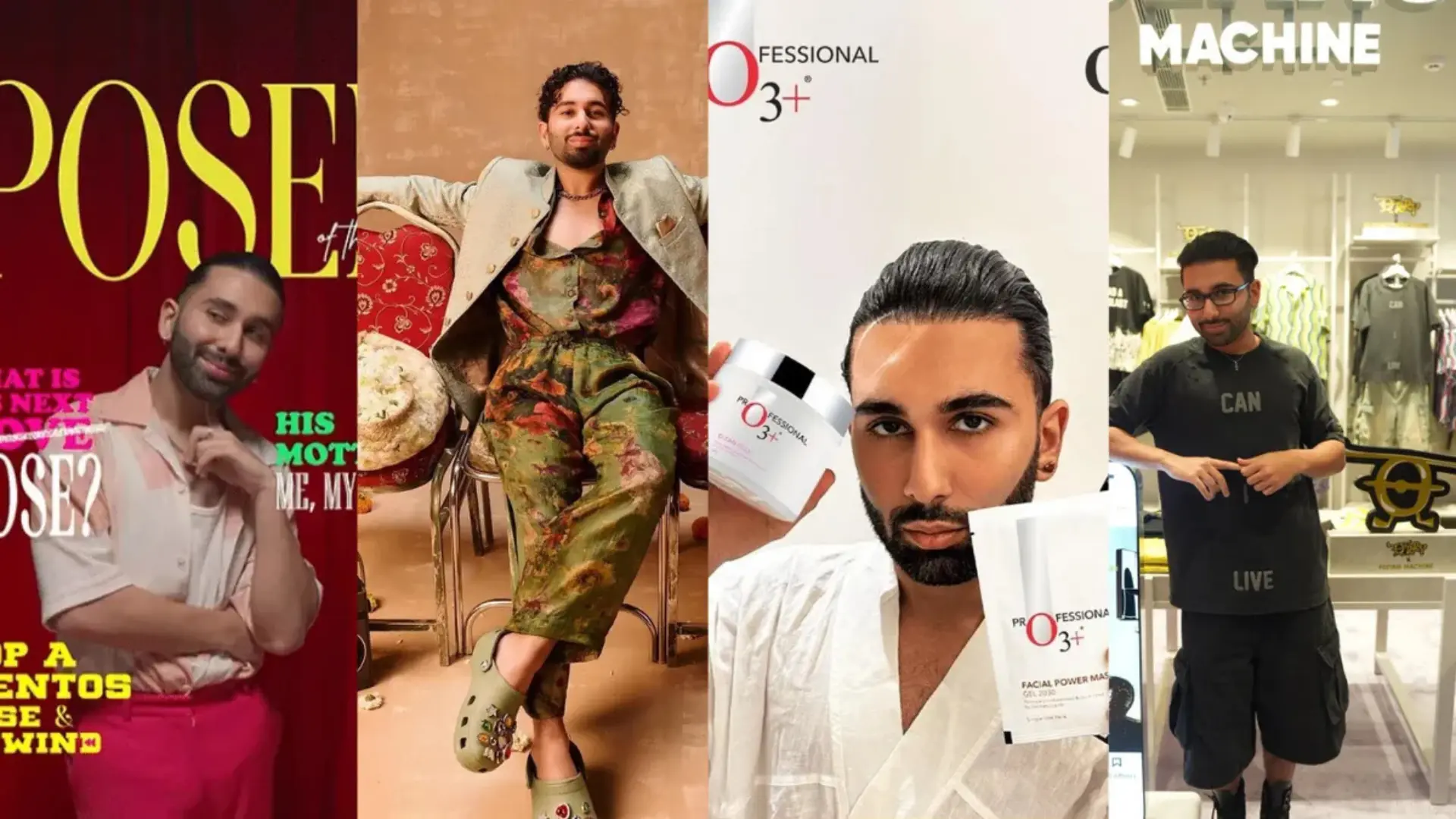





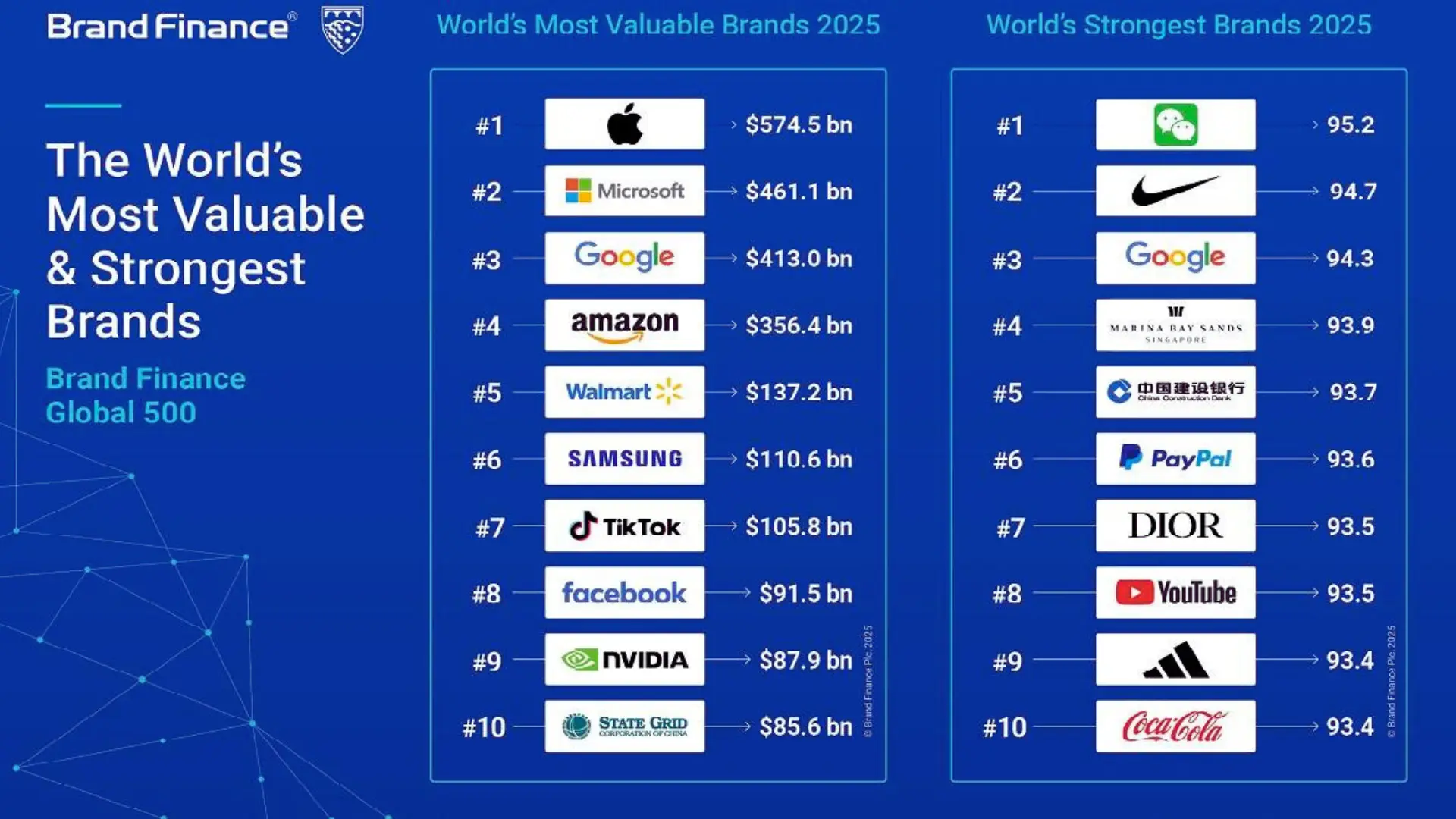

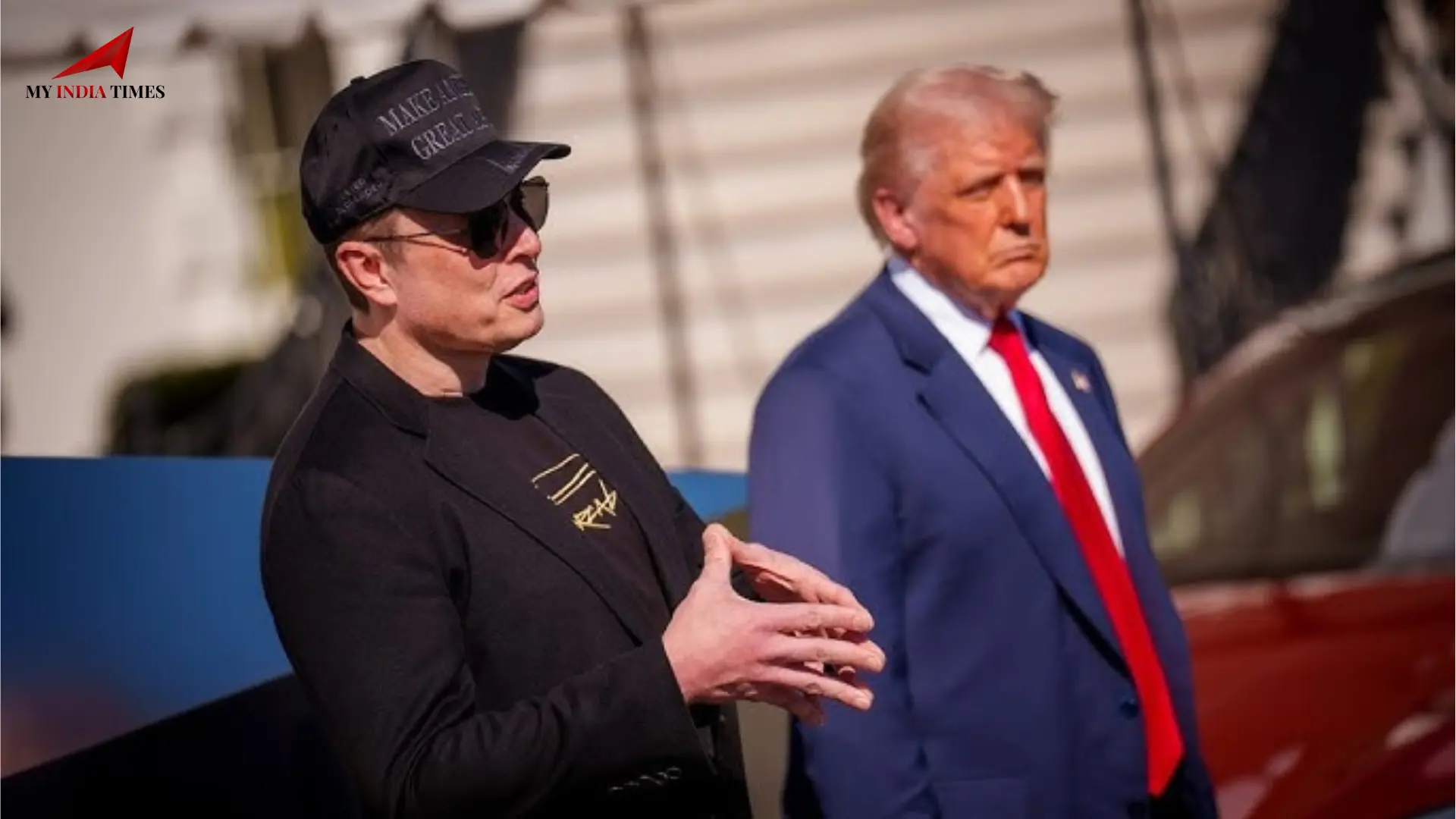
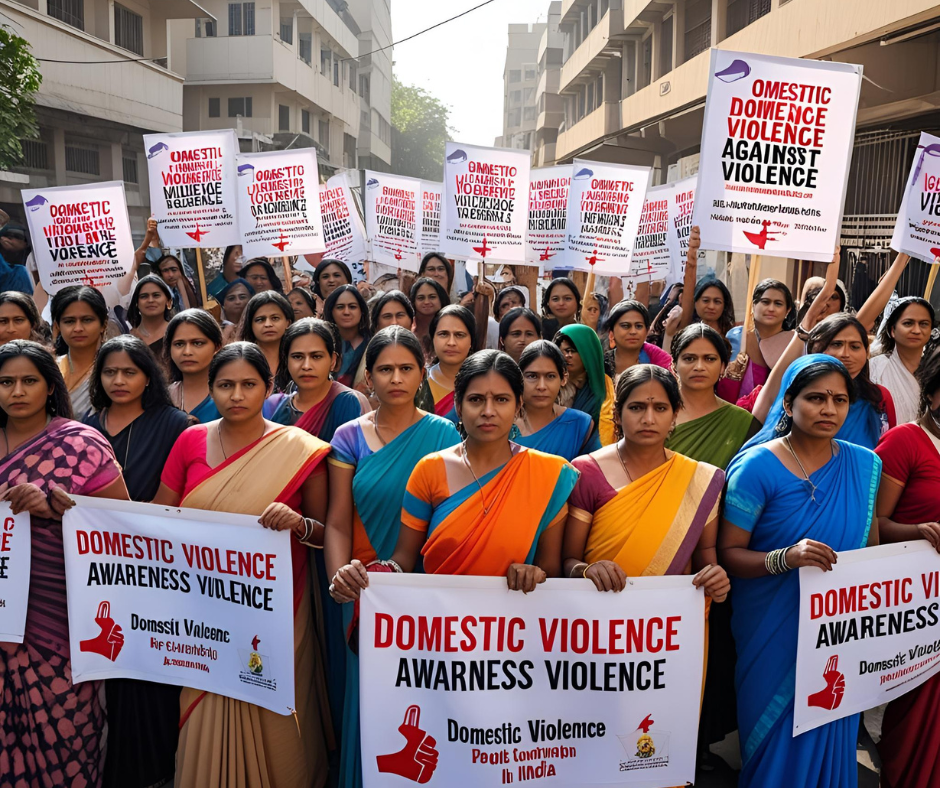

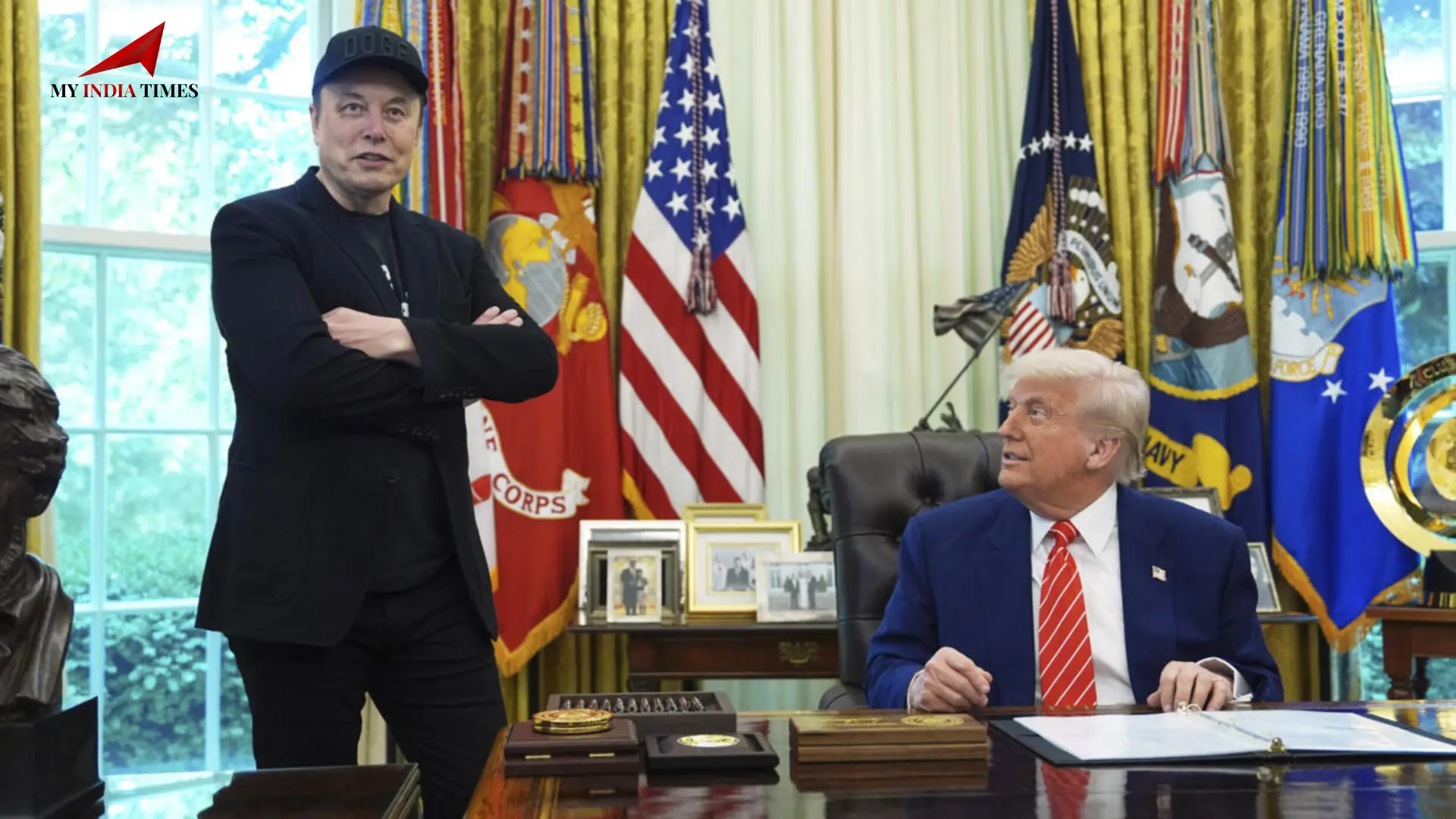



















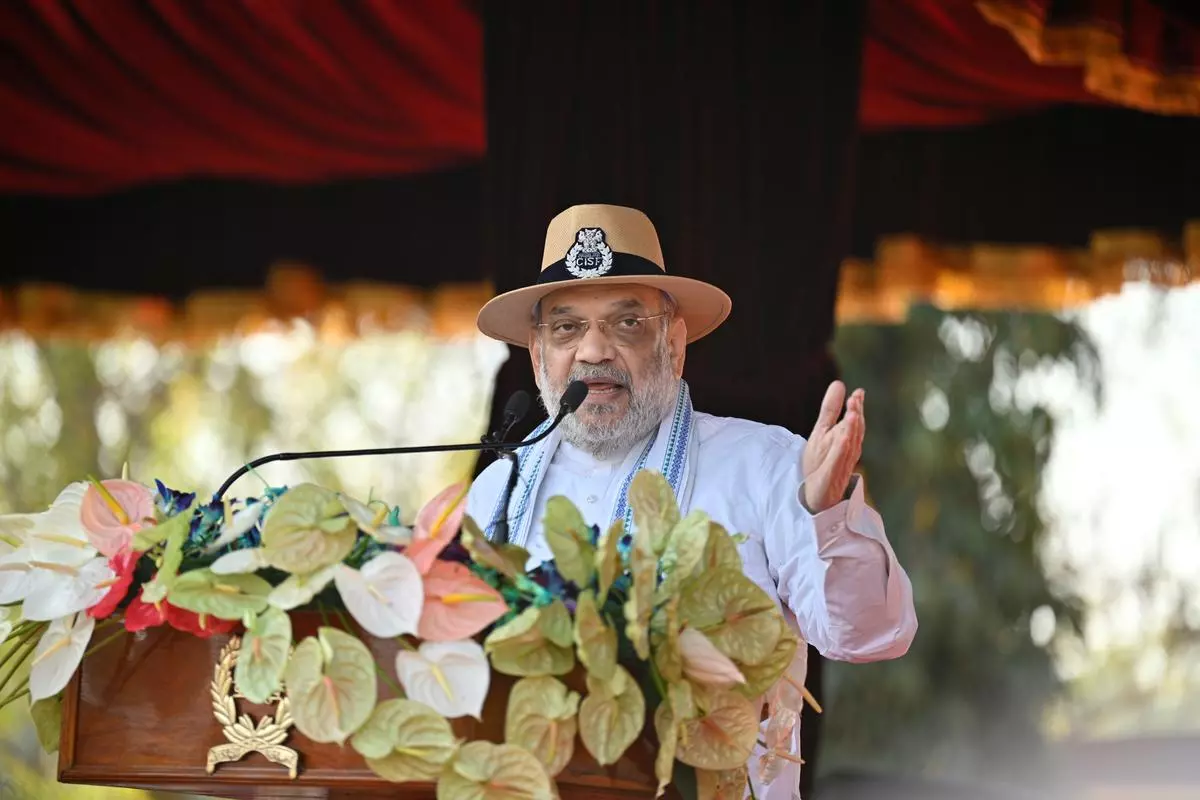

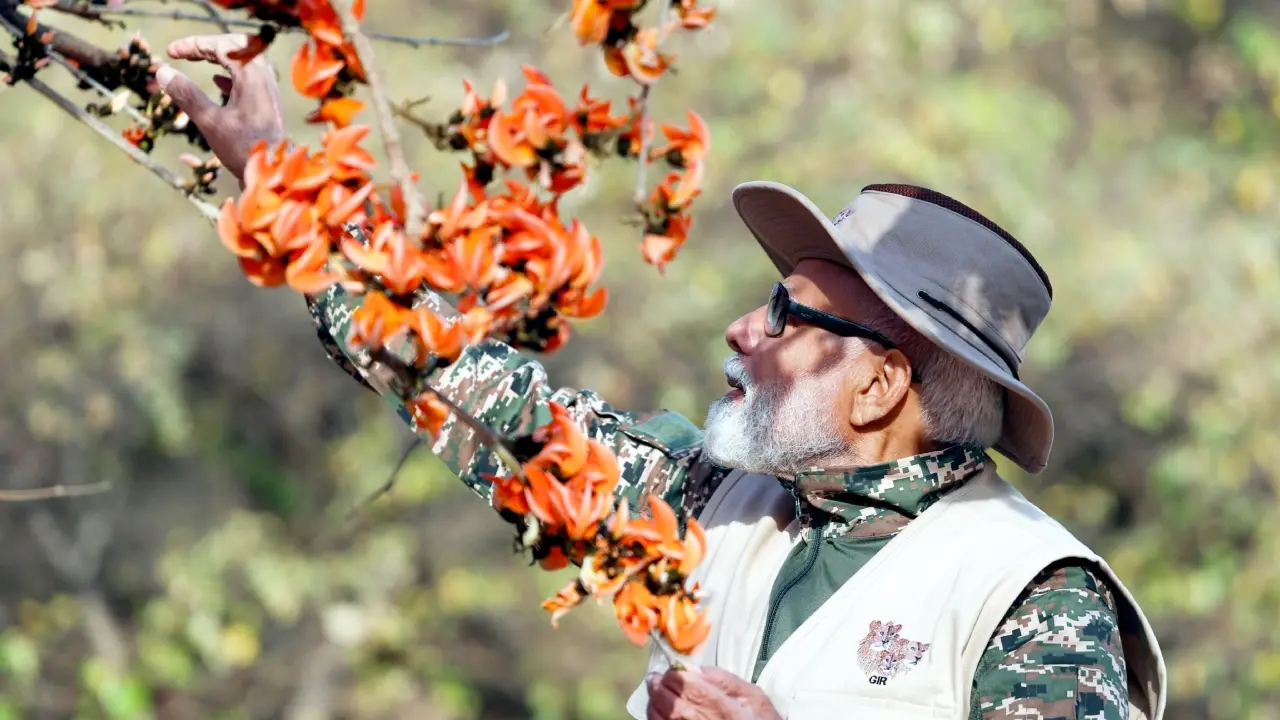



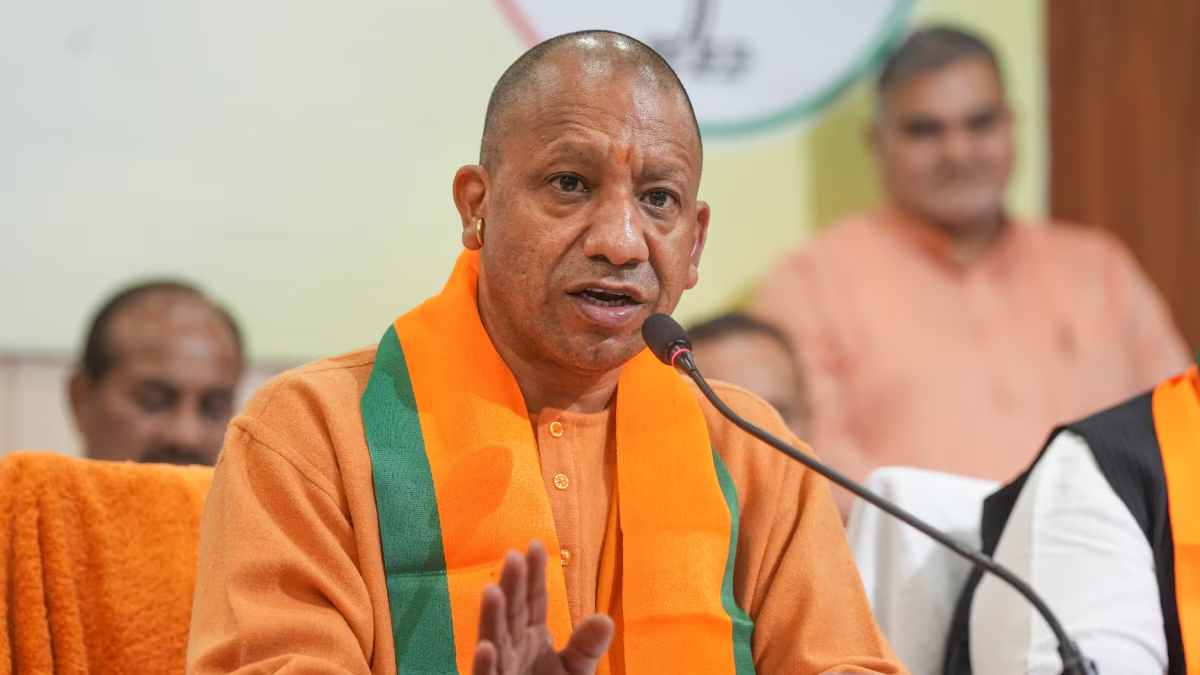


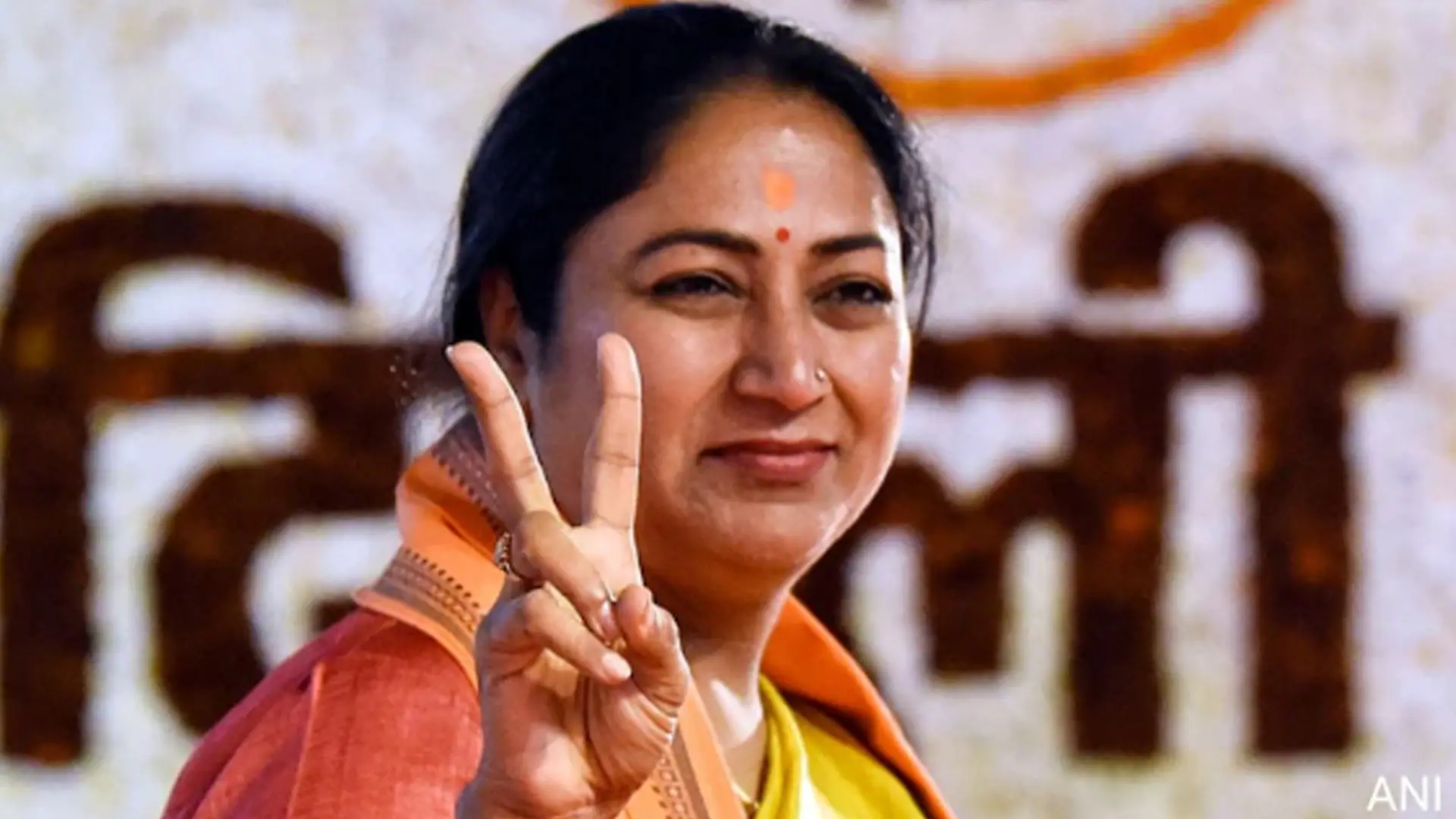



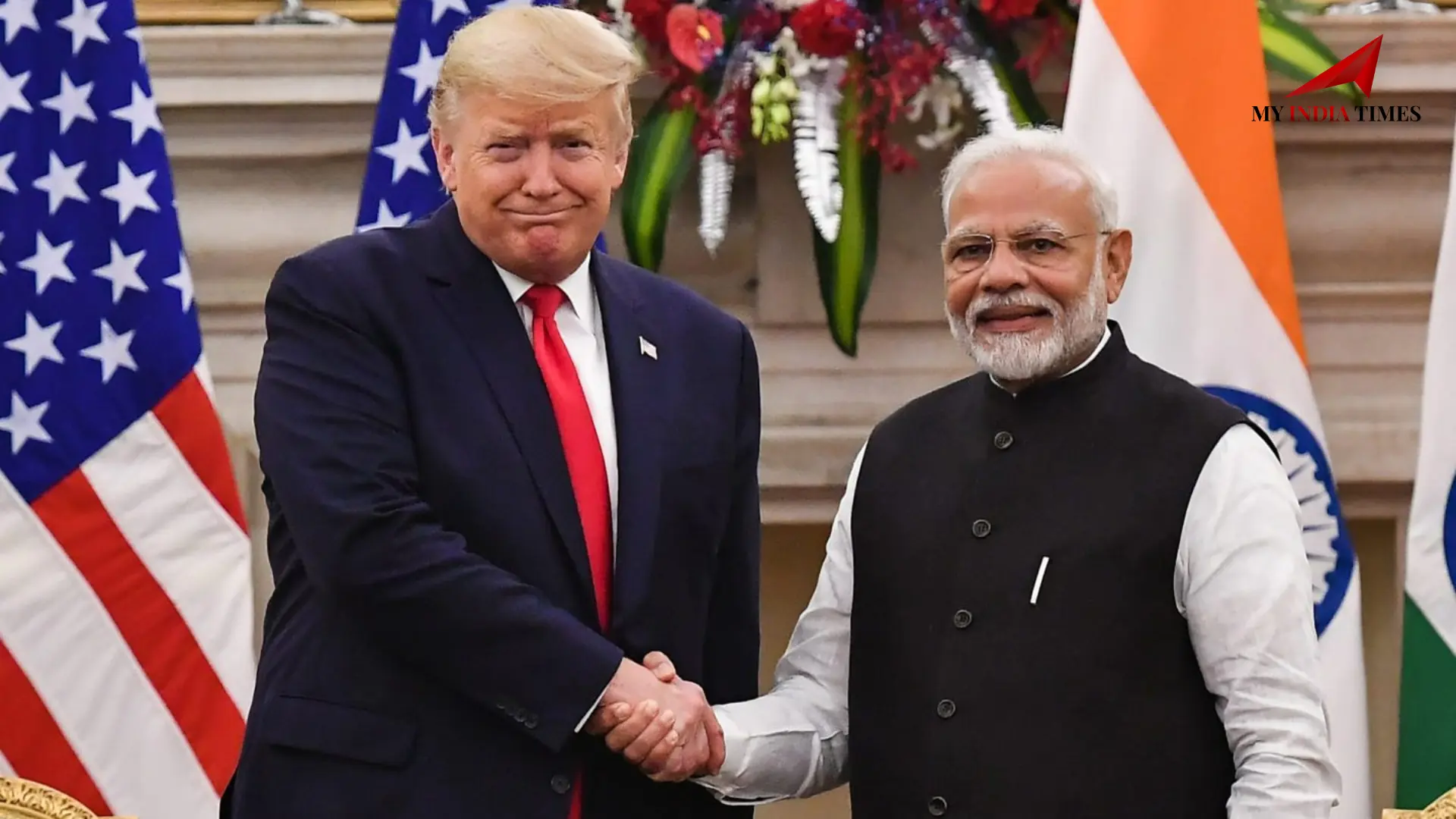
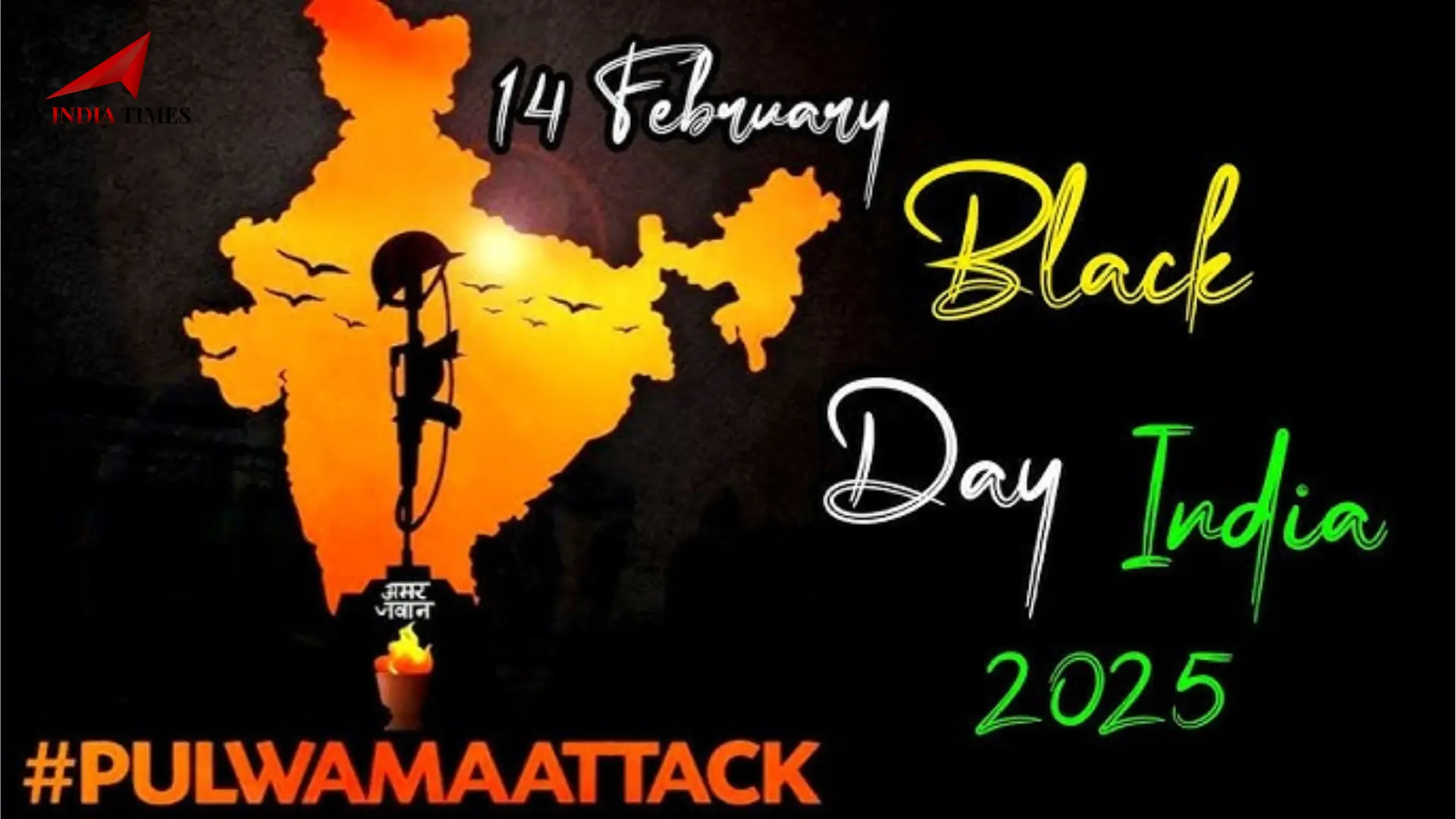
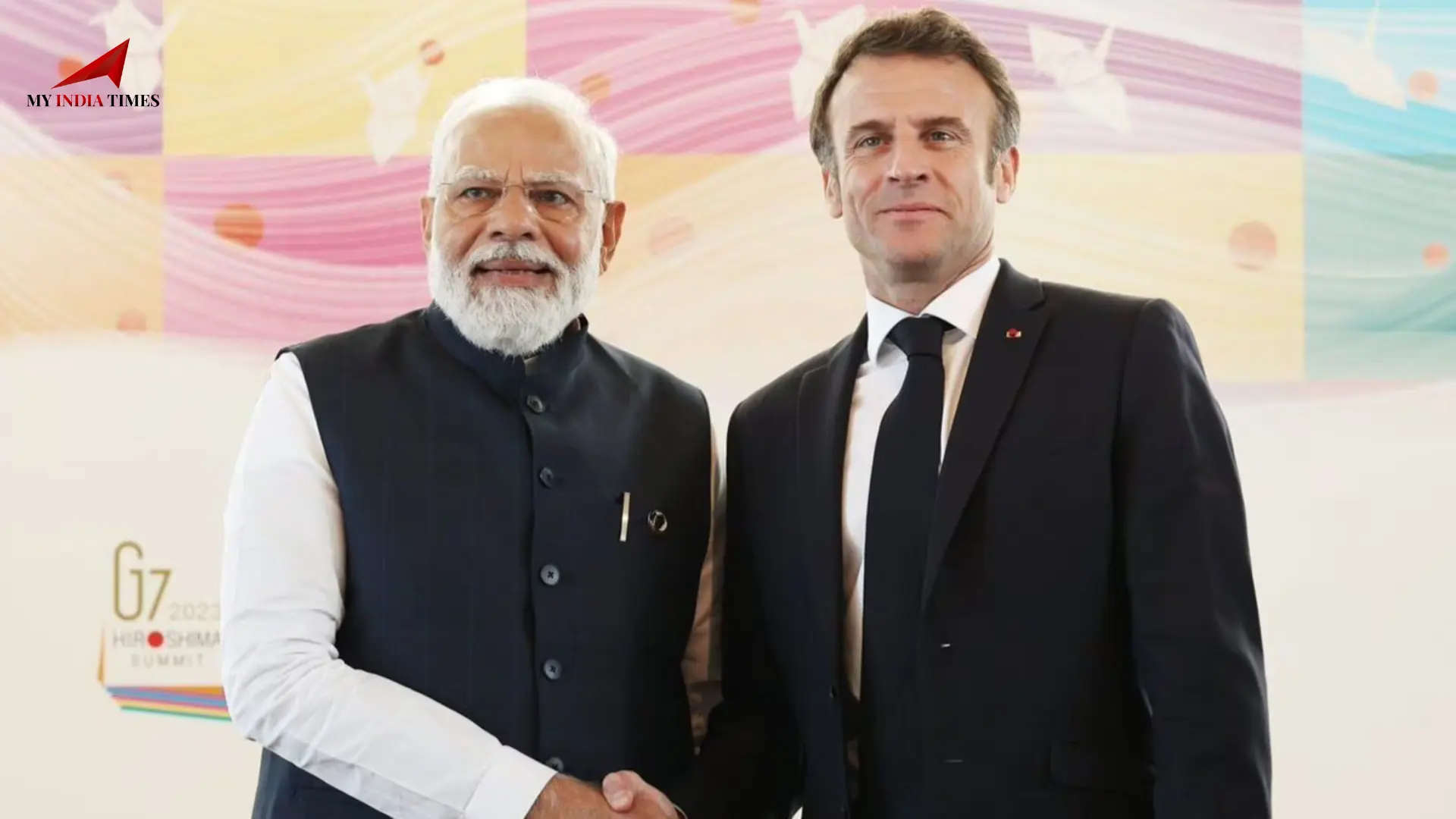
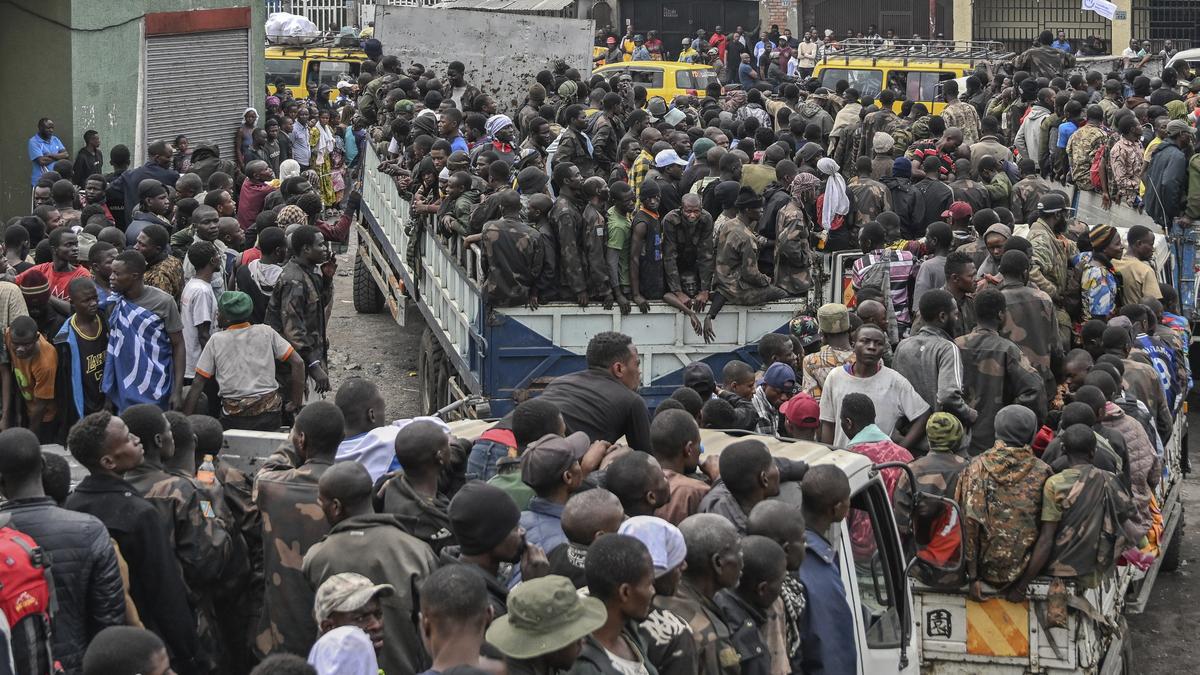


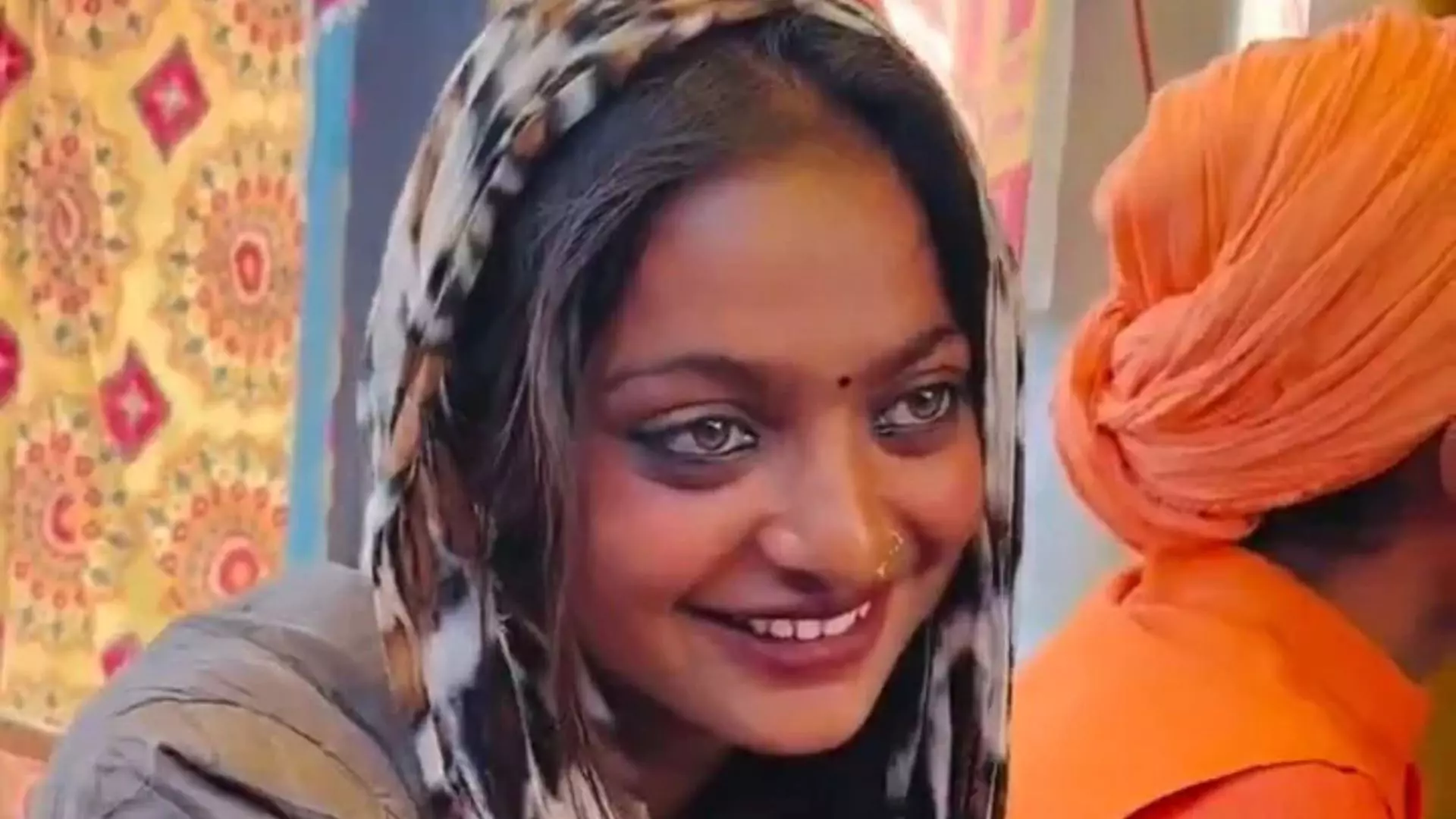


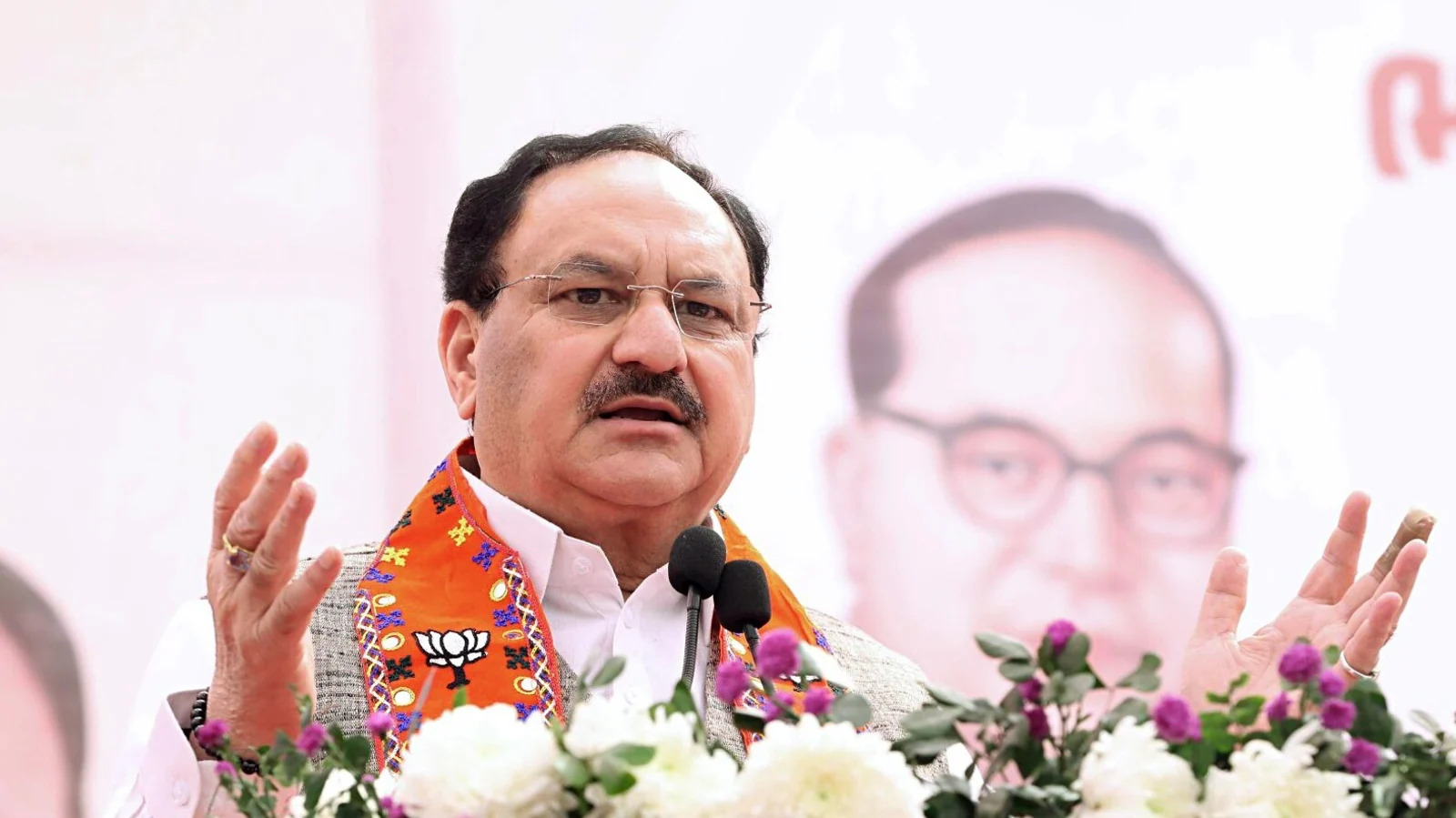















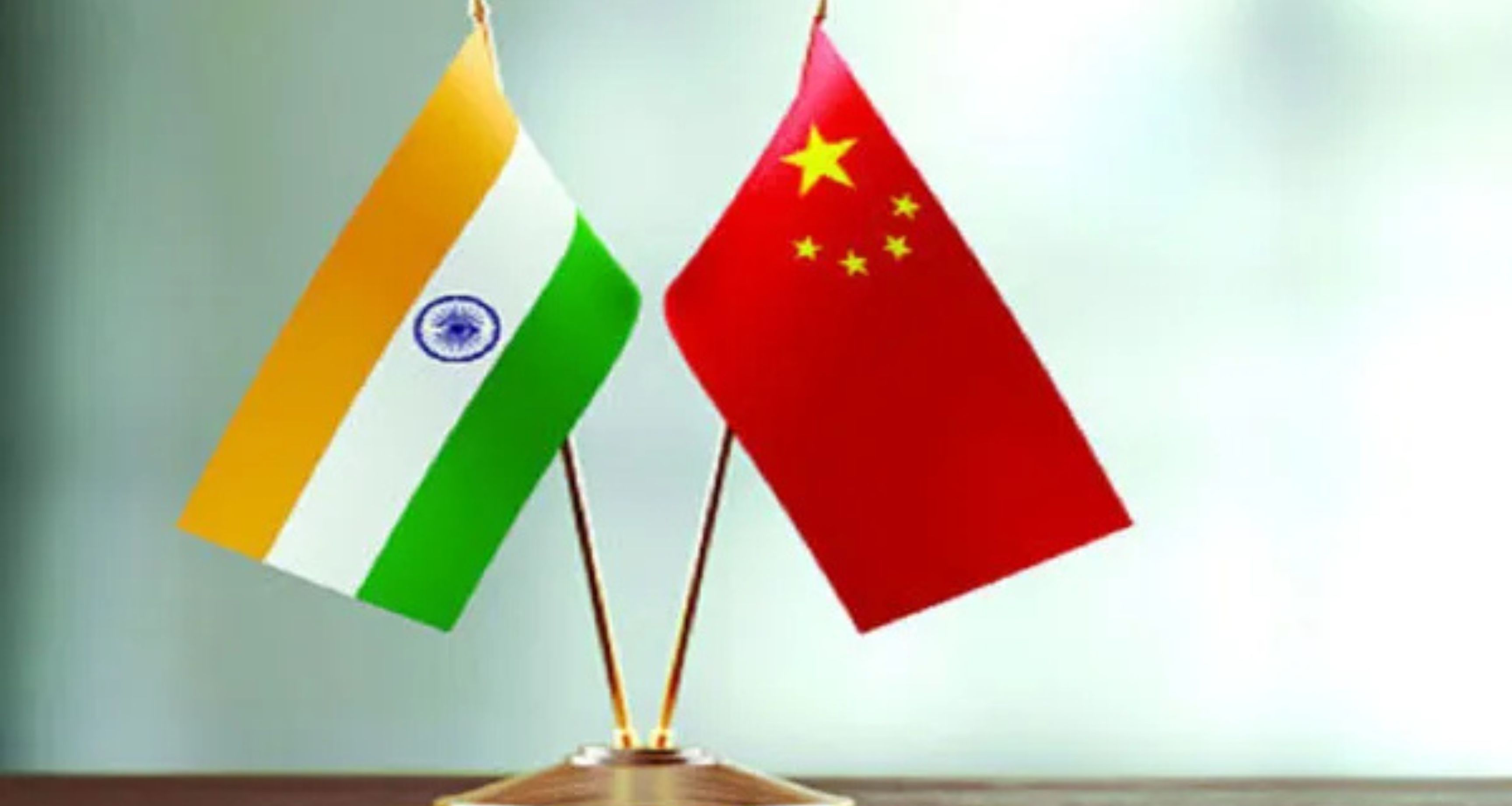
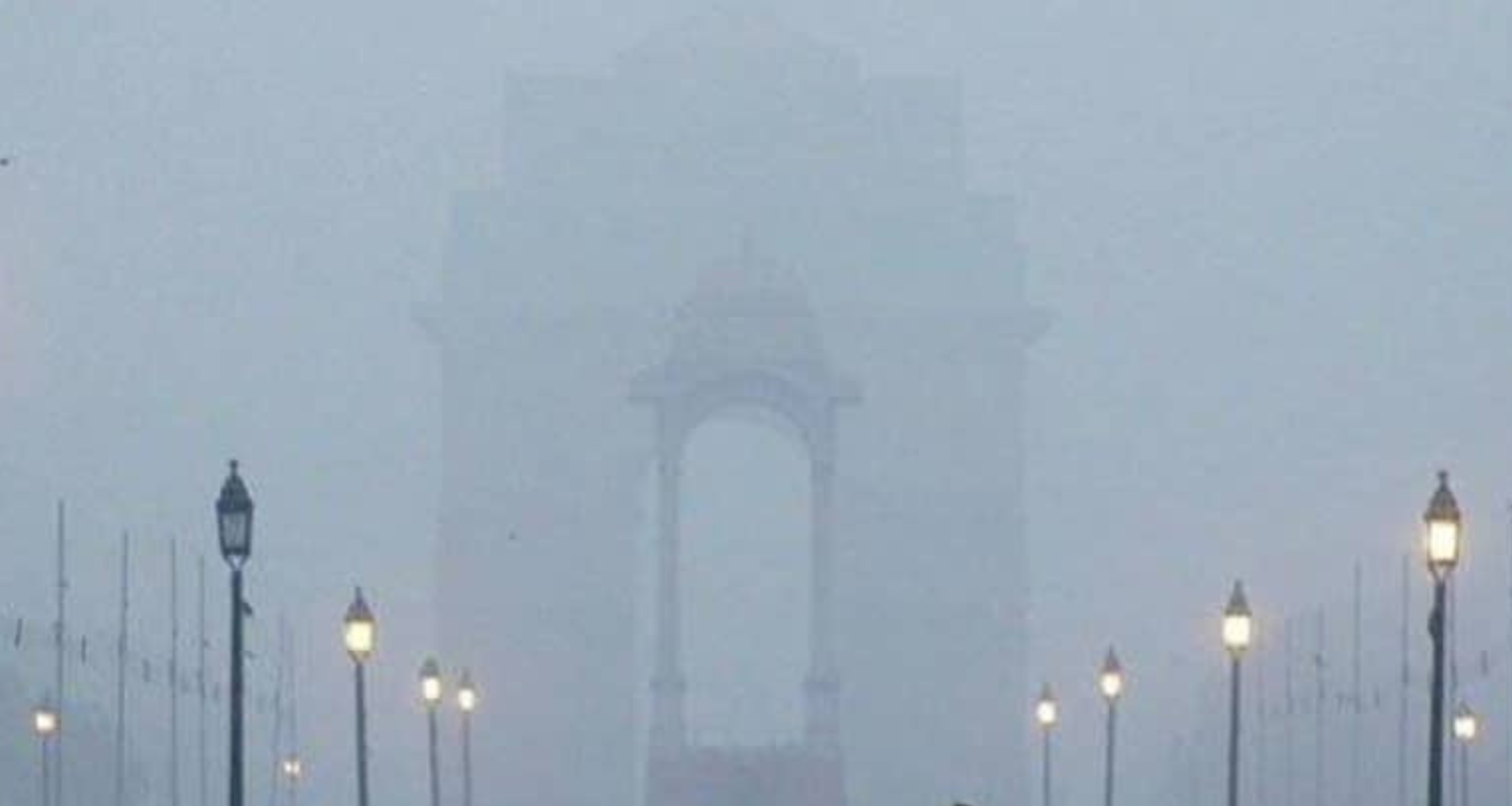


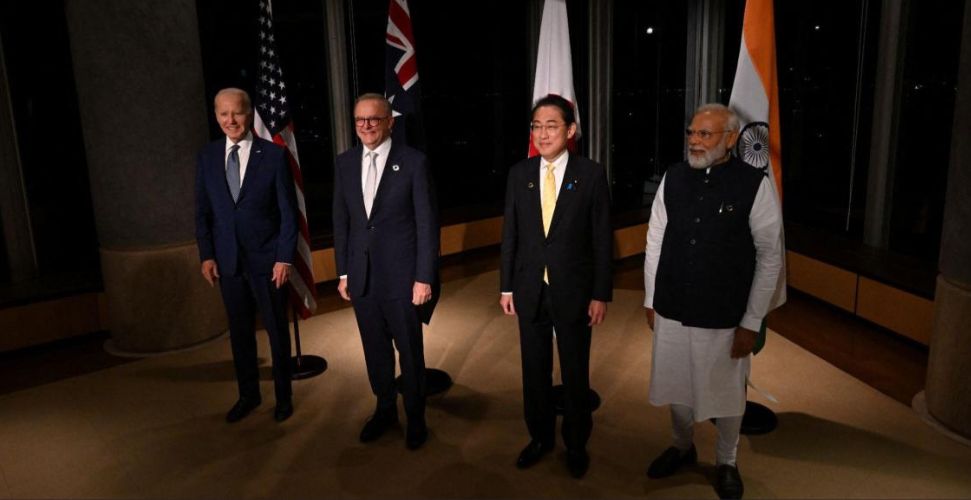


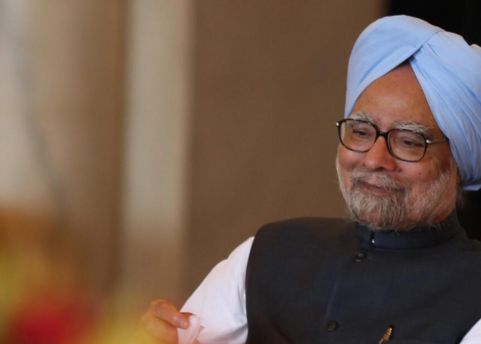

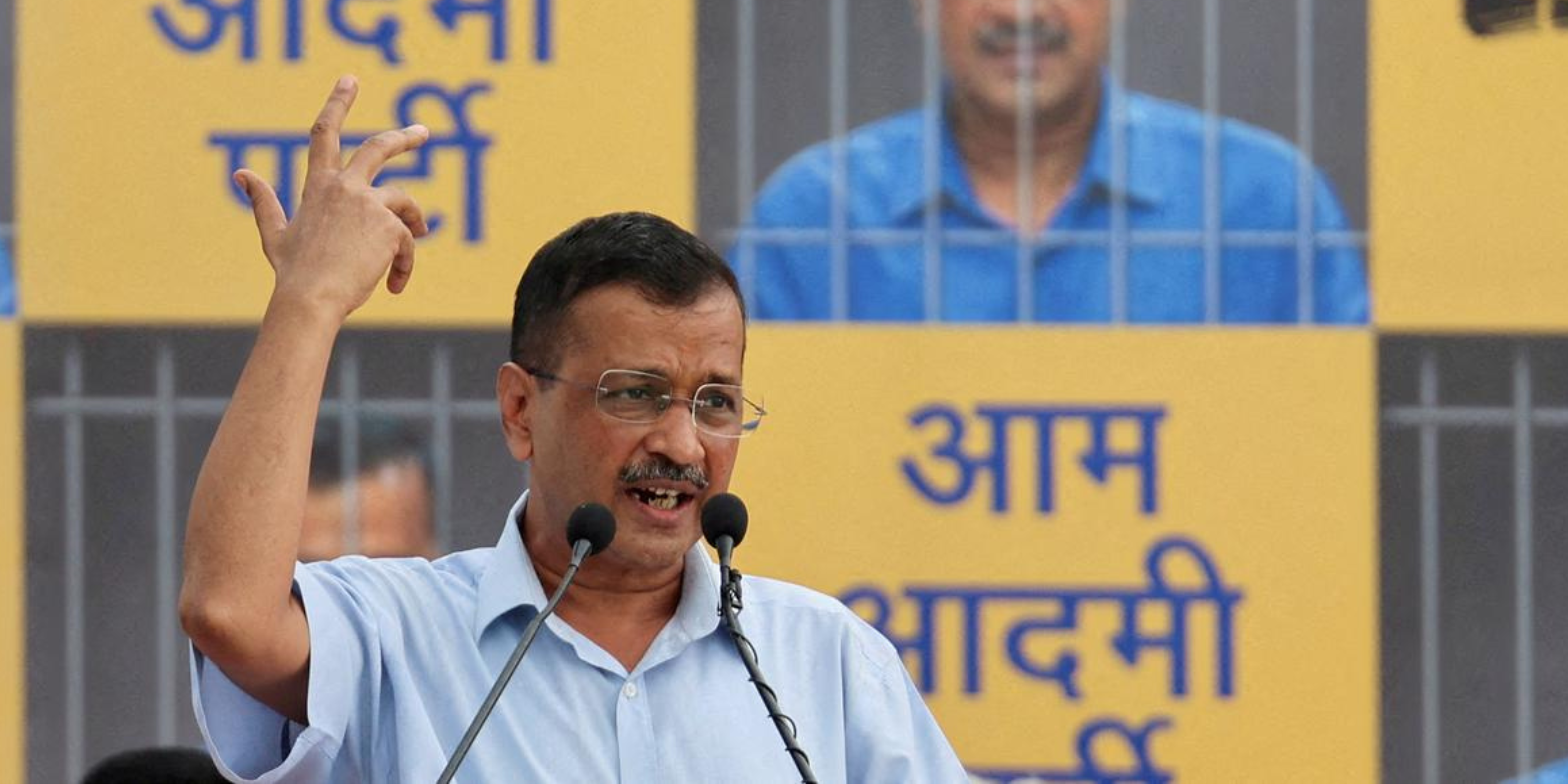

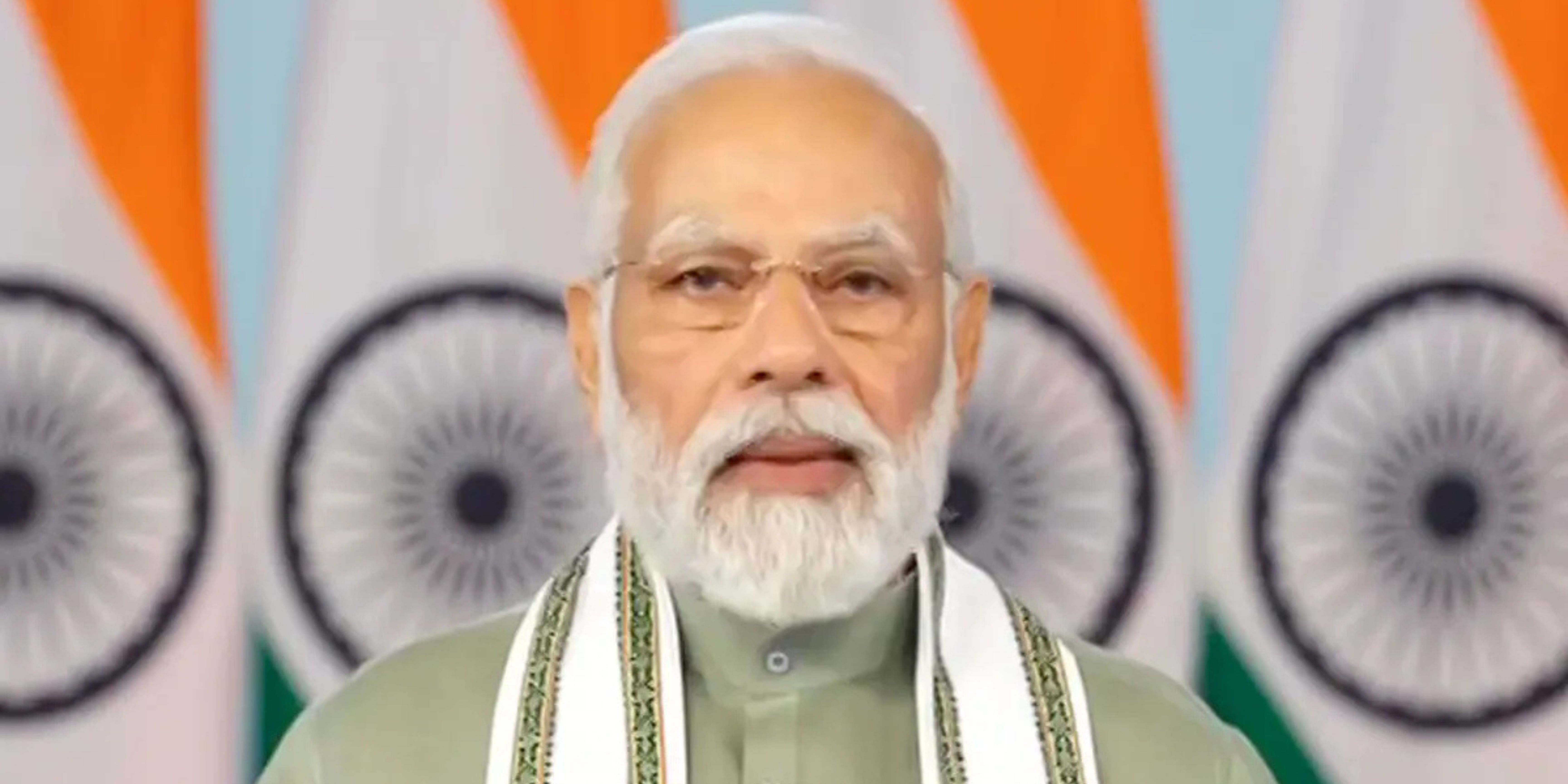



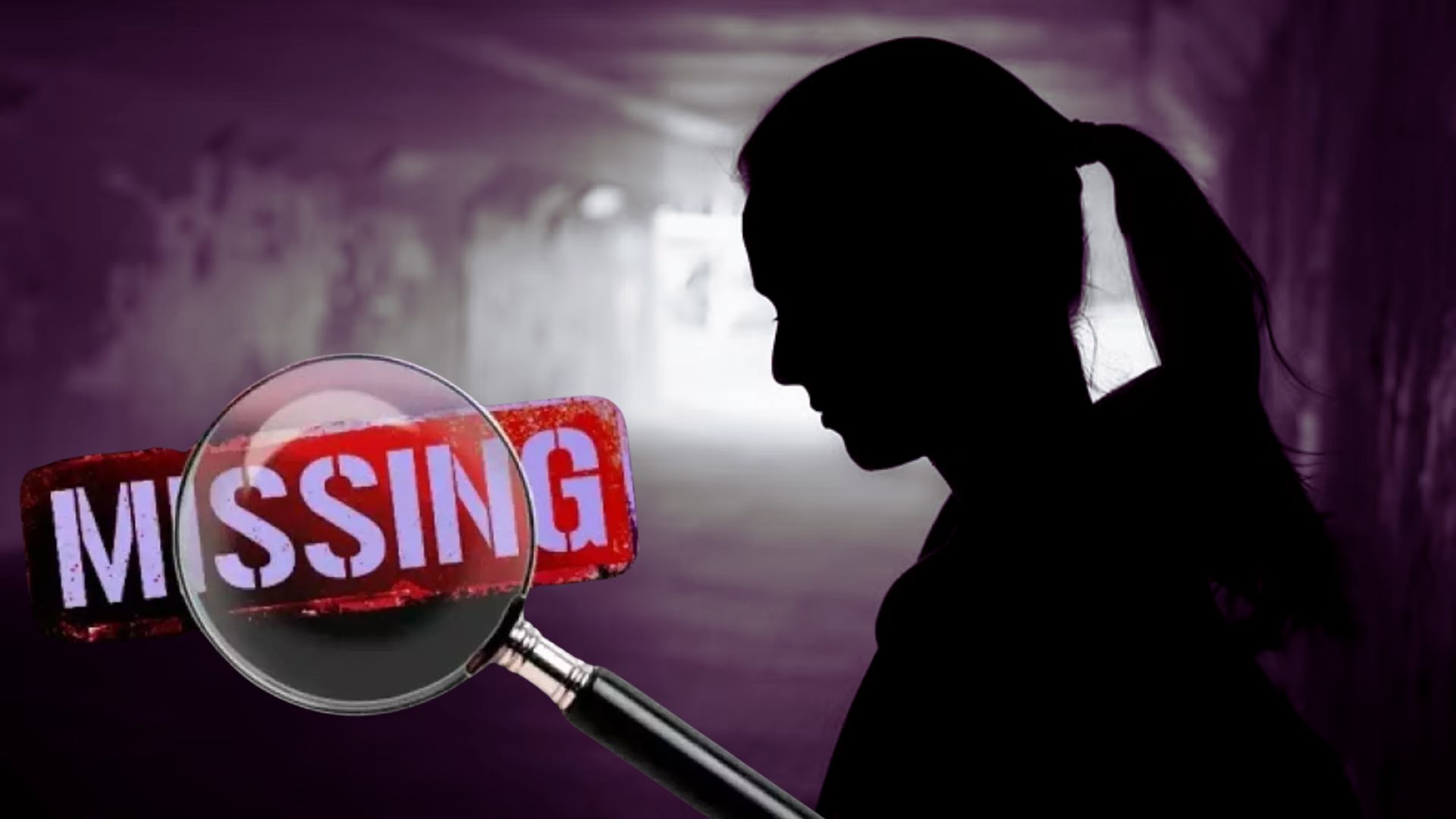
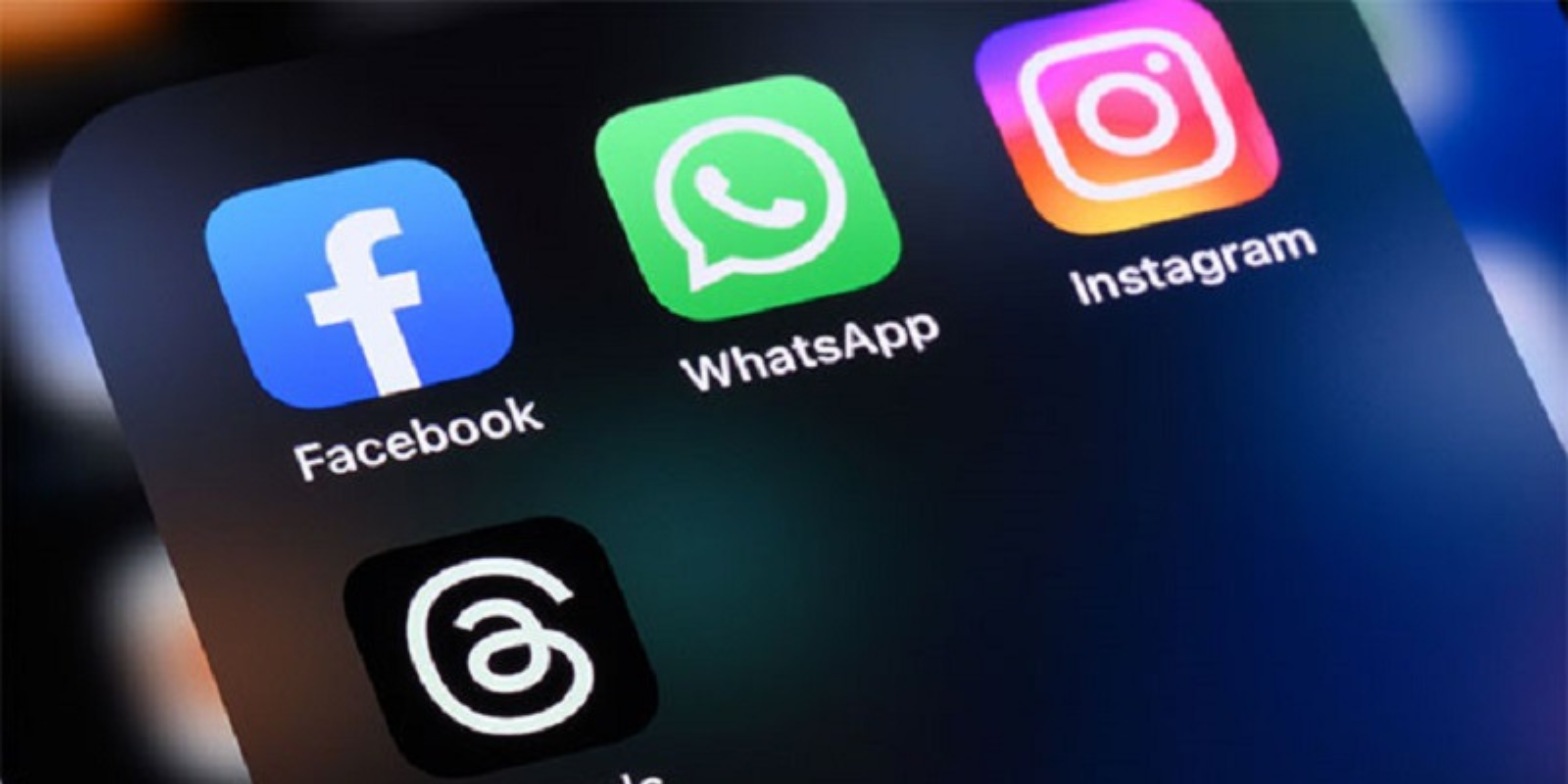

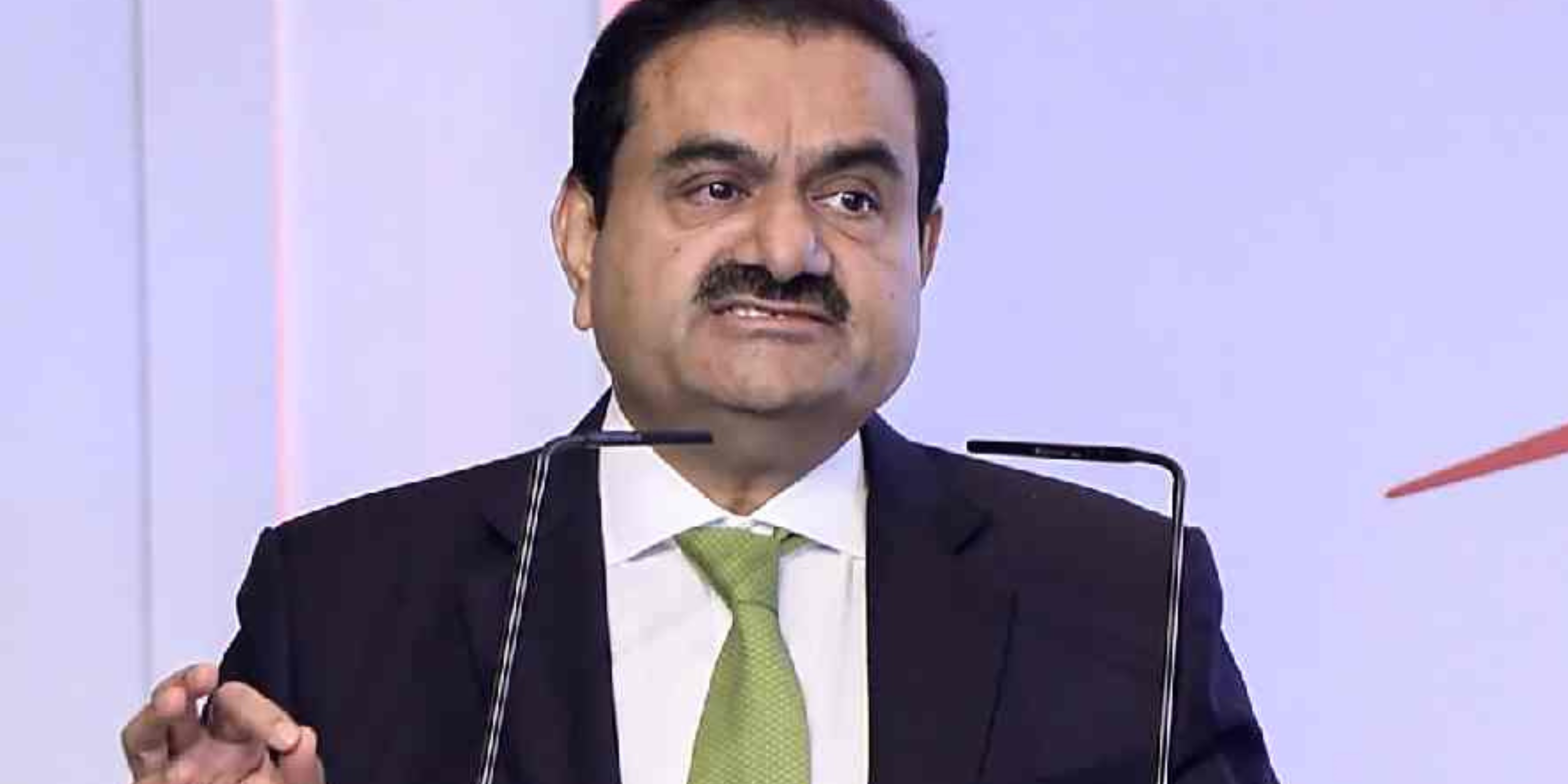



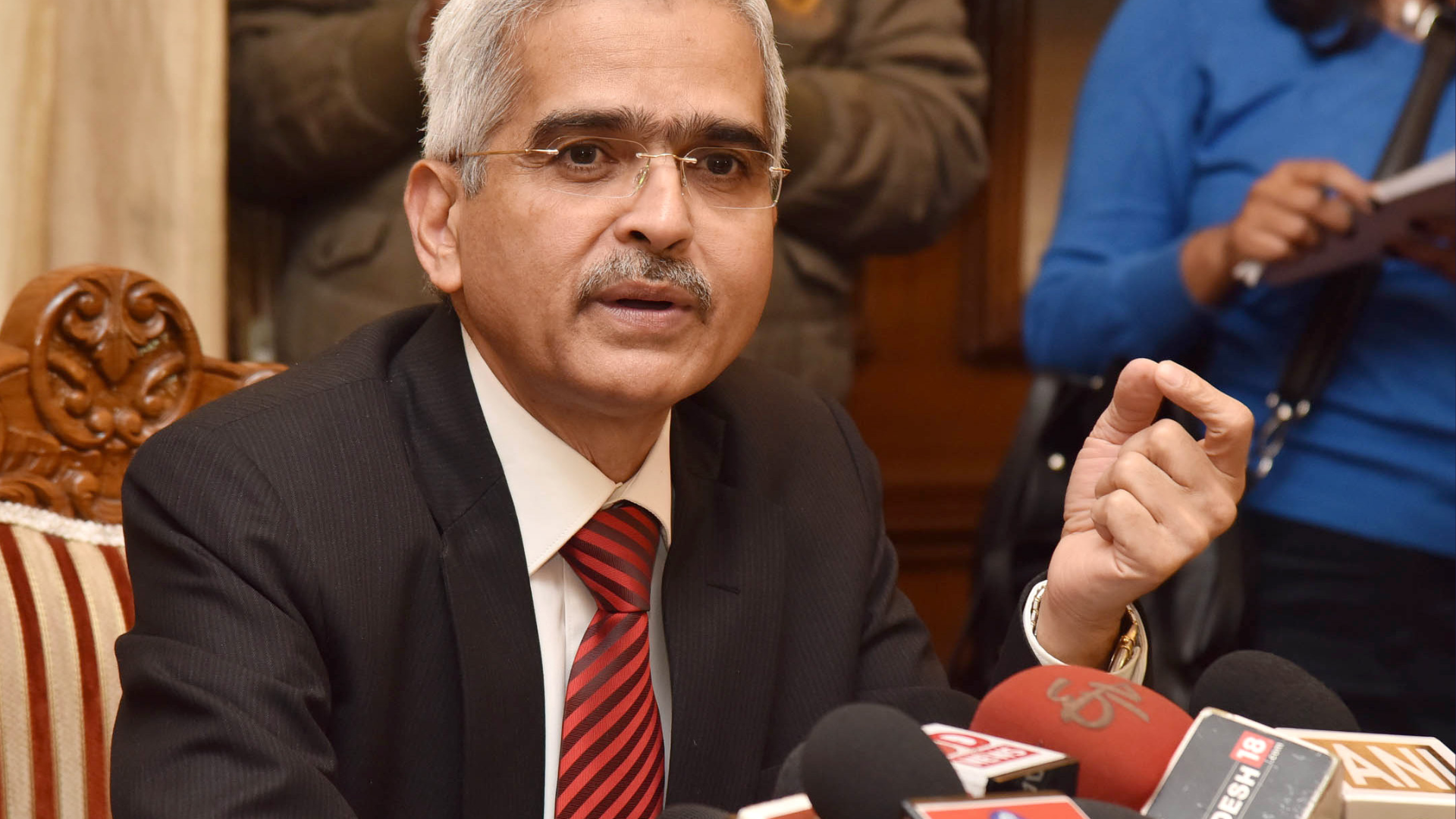

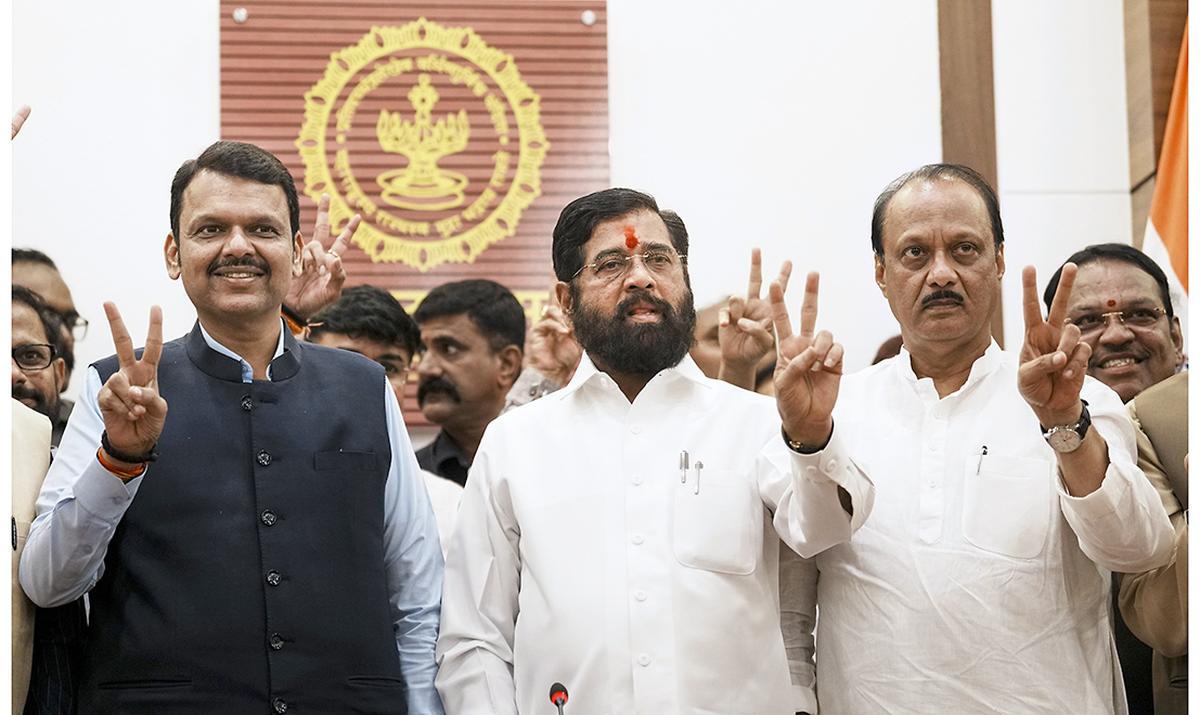
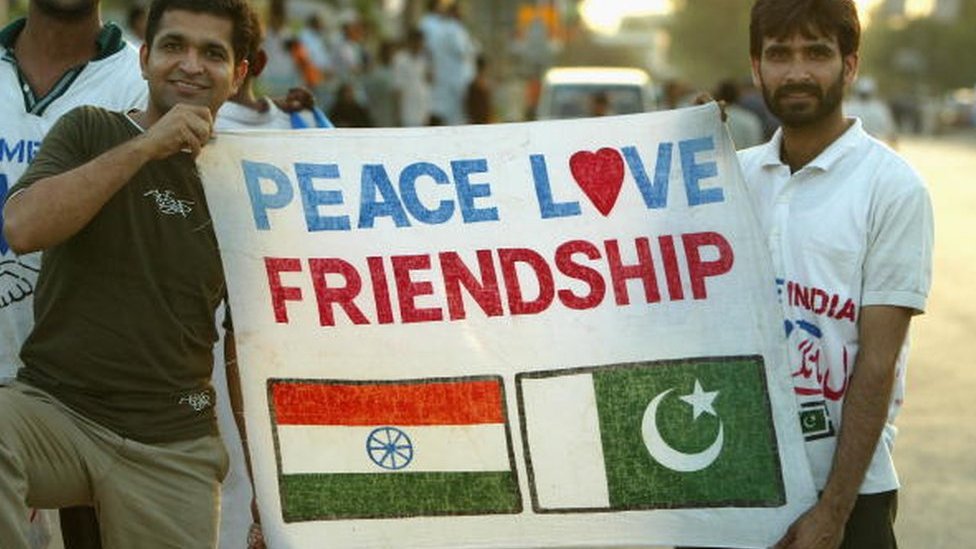



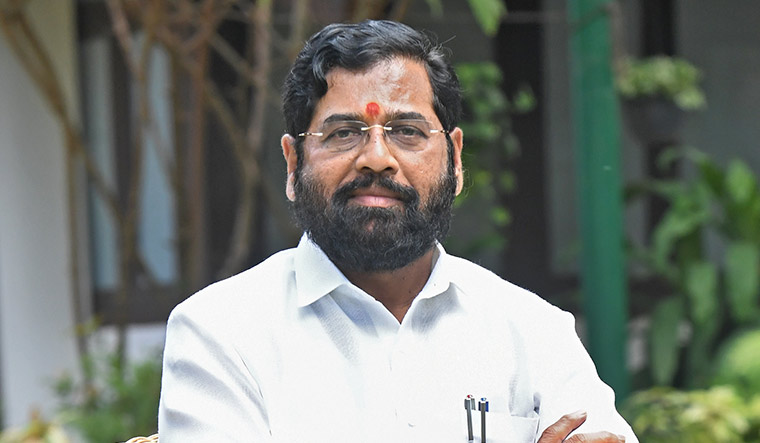
.png)
 (1).png)

